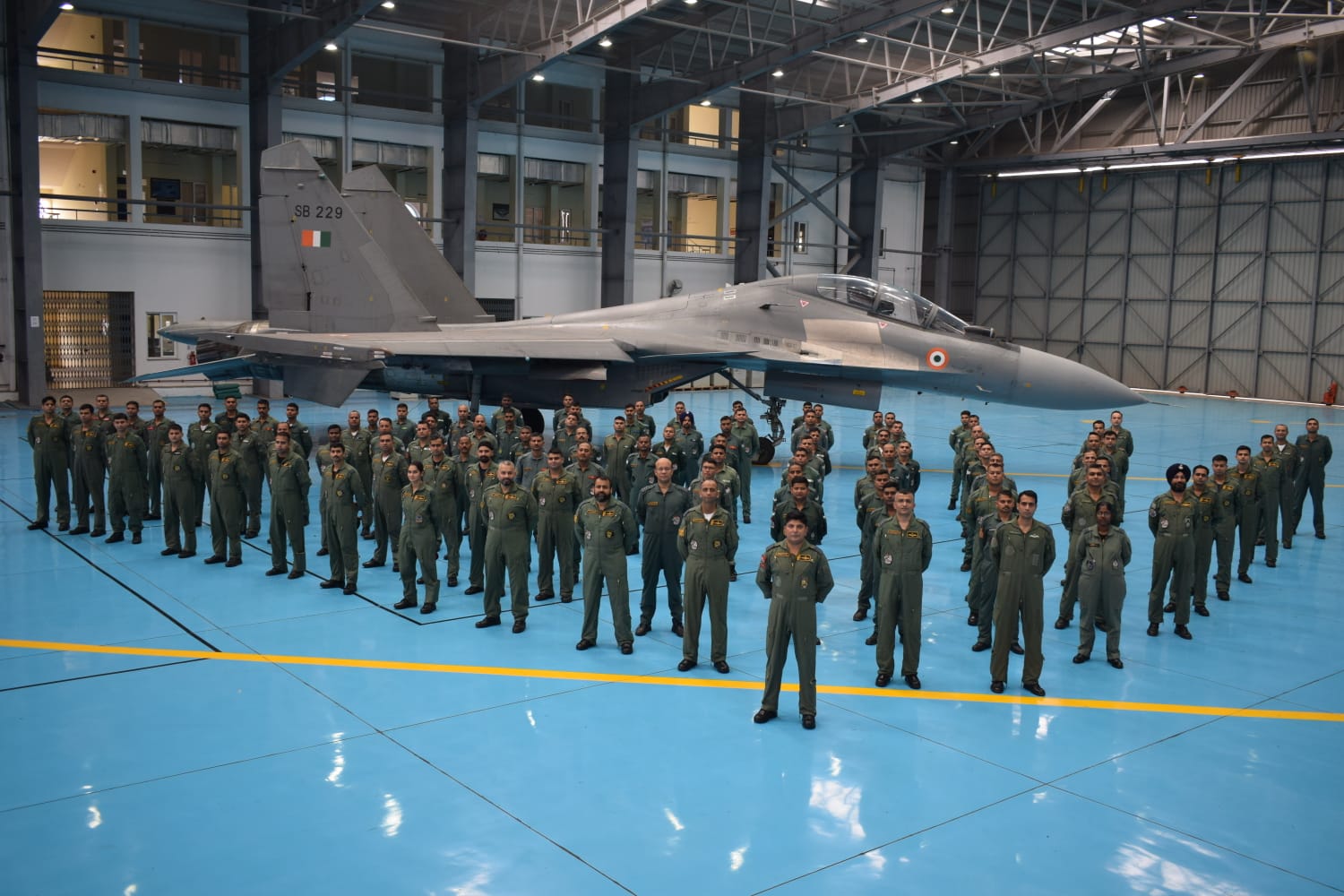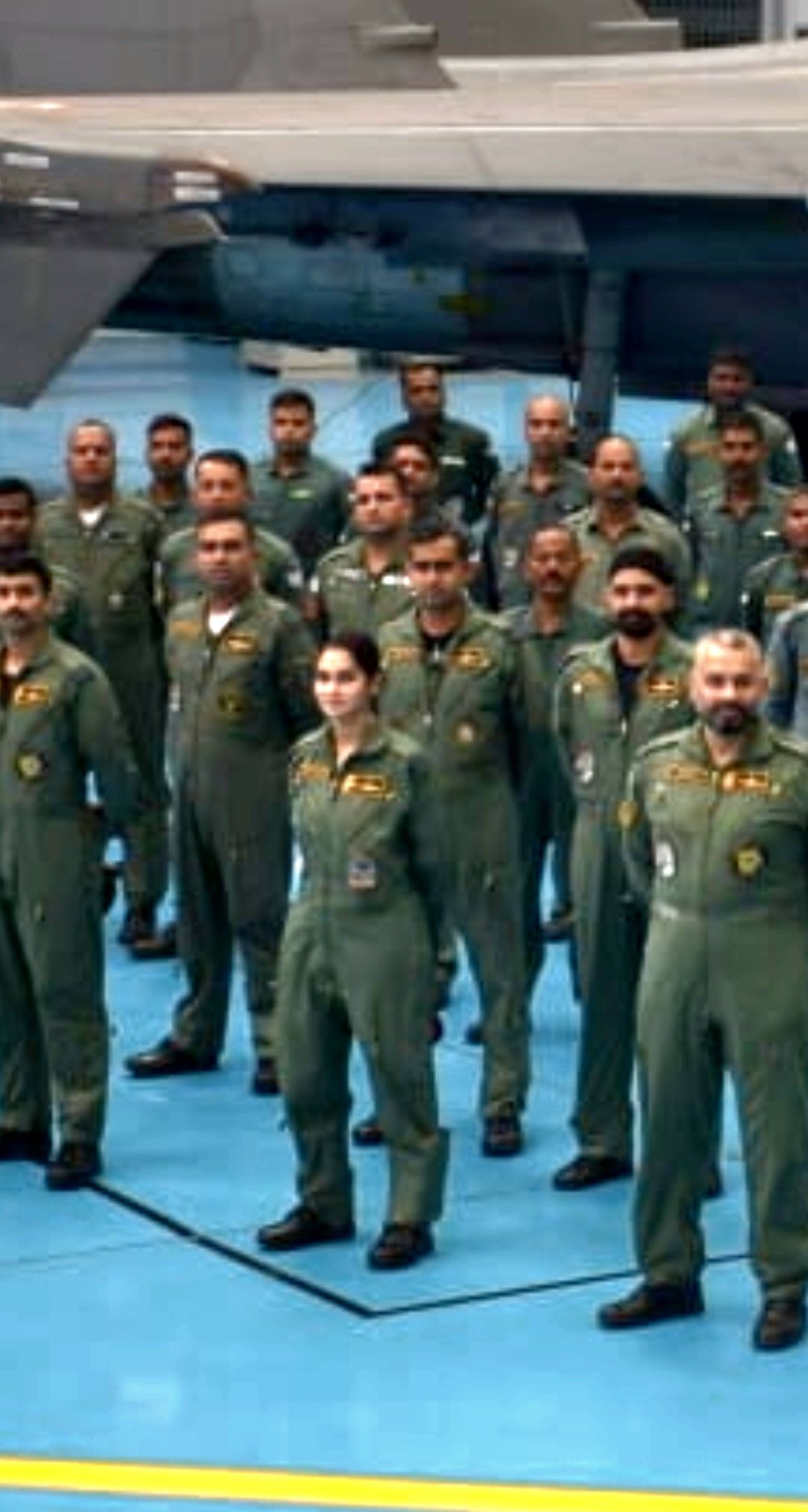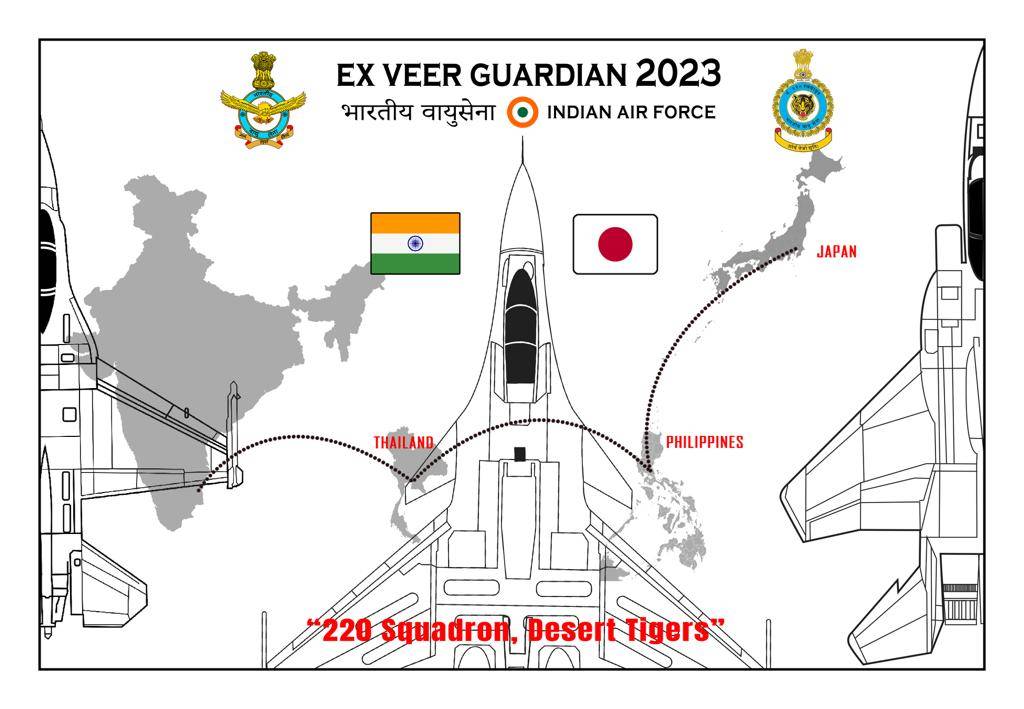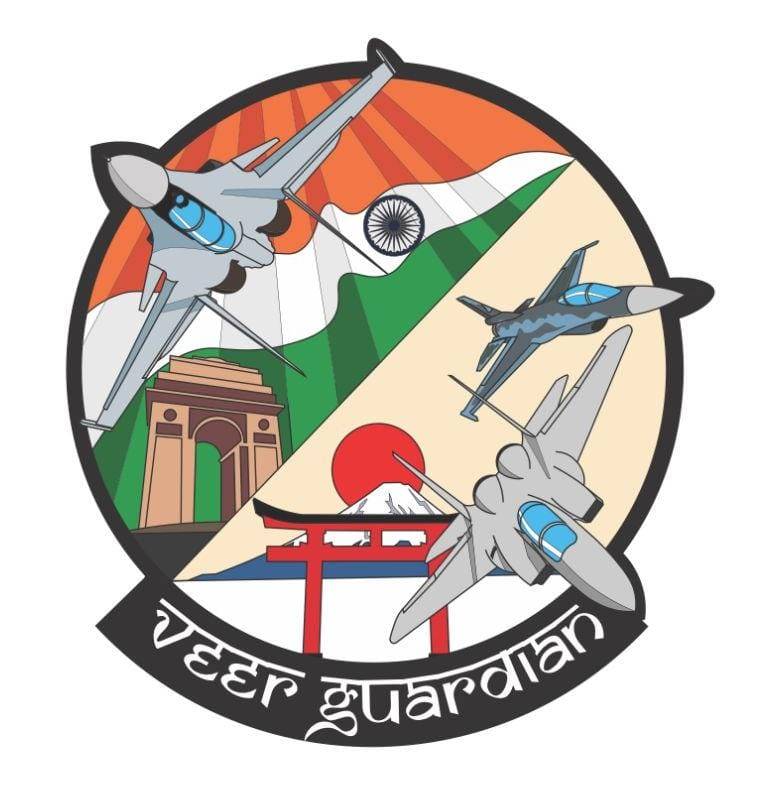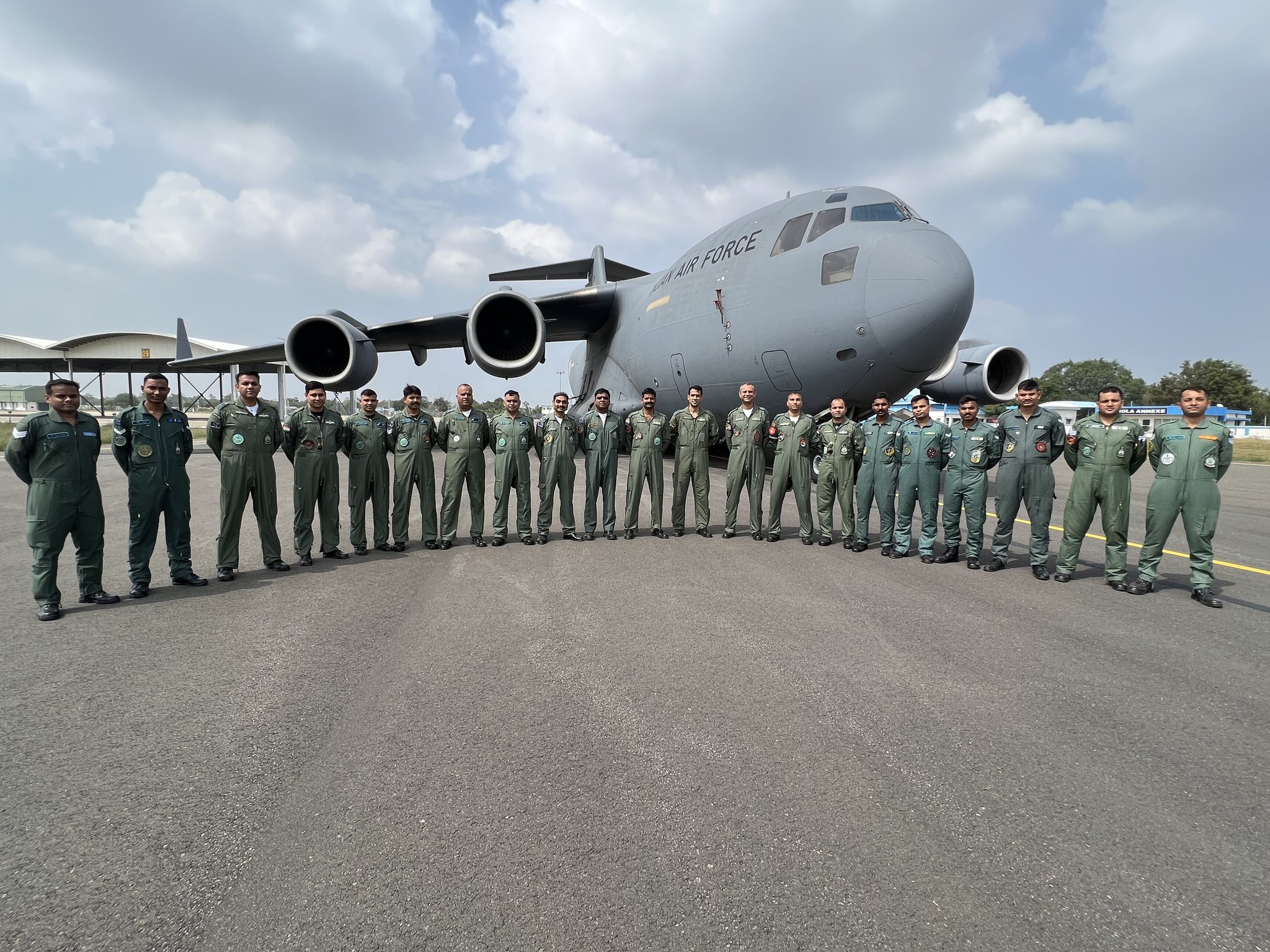Currently under way: Vajra Prahaar (in Himachal Pradesh).
Scheduled for October: Yudh Abhyas (in Uttarakhand).
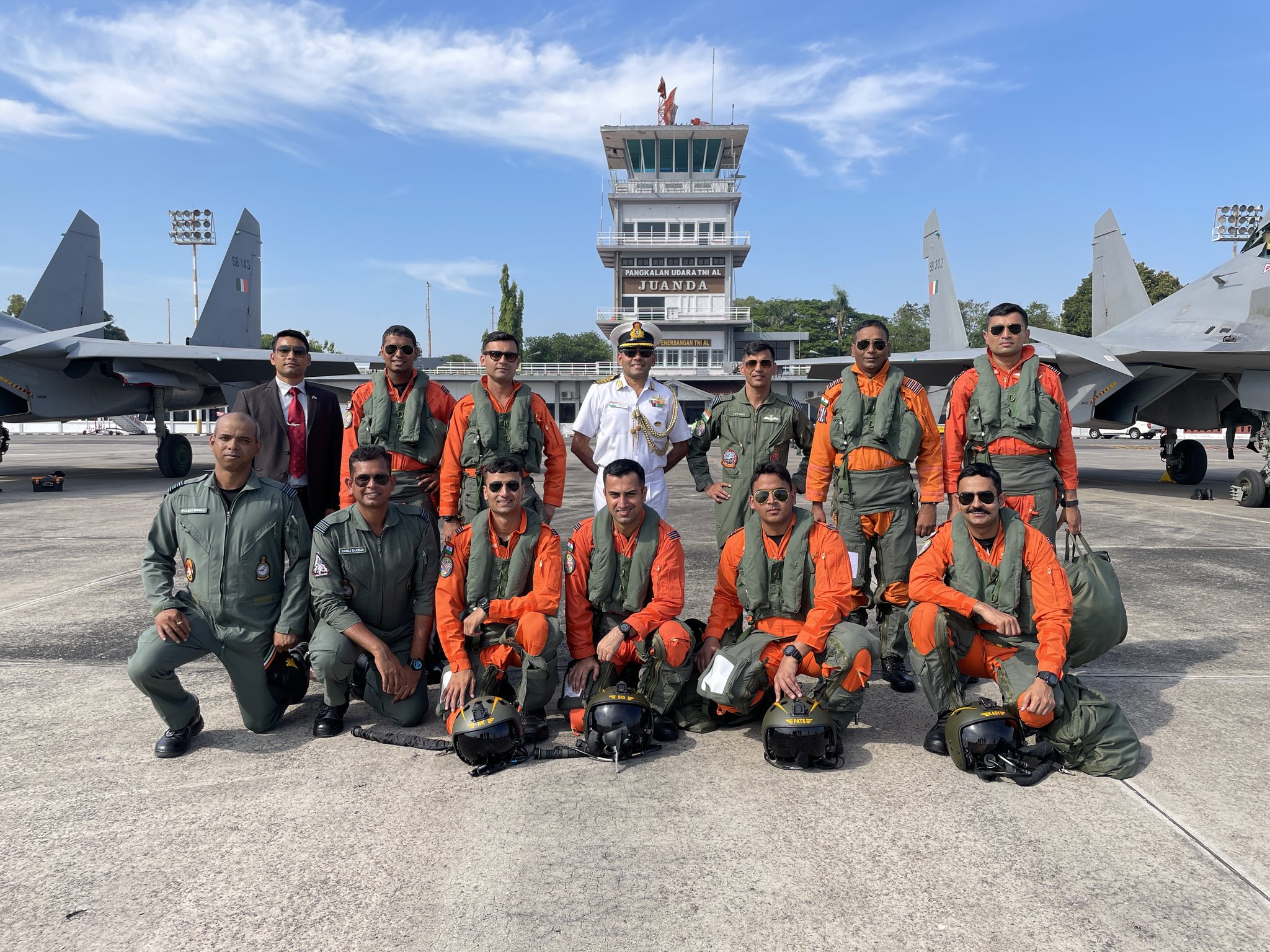
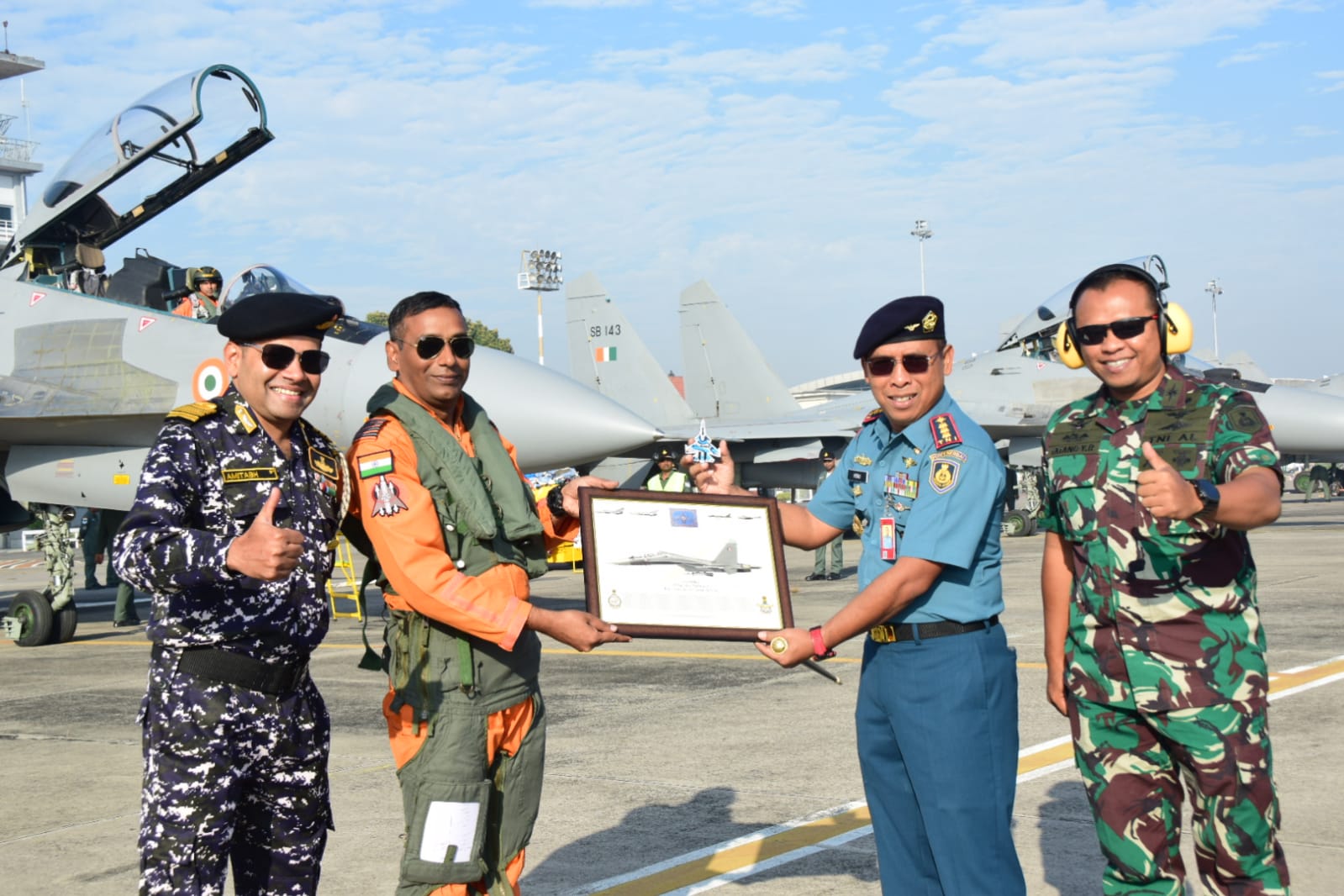
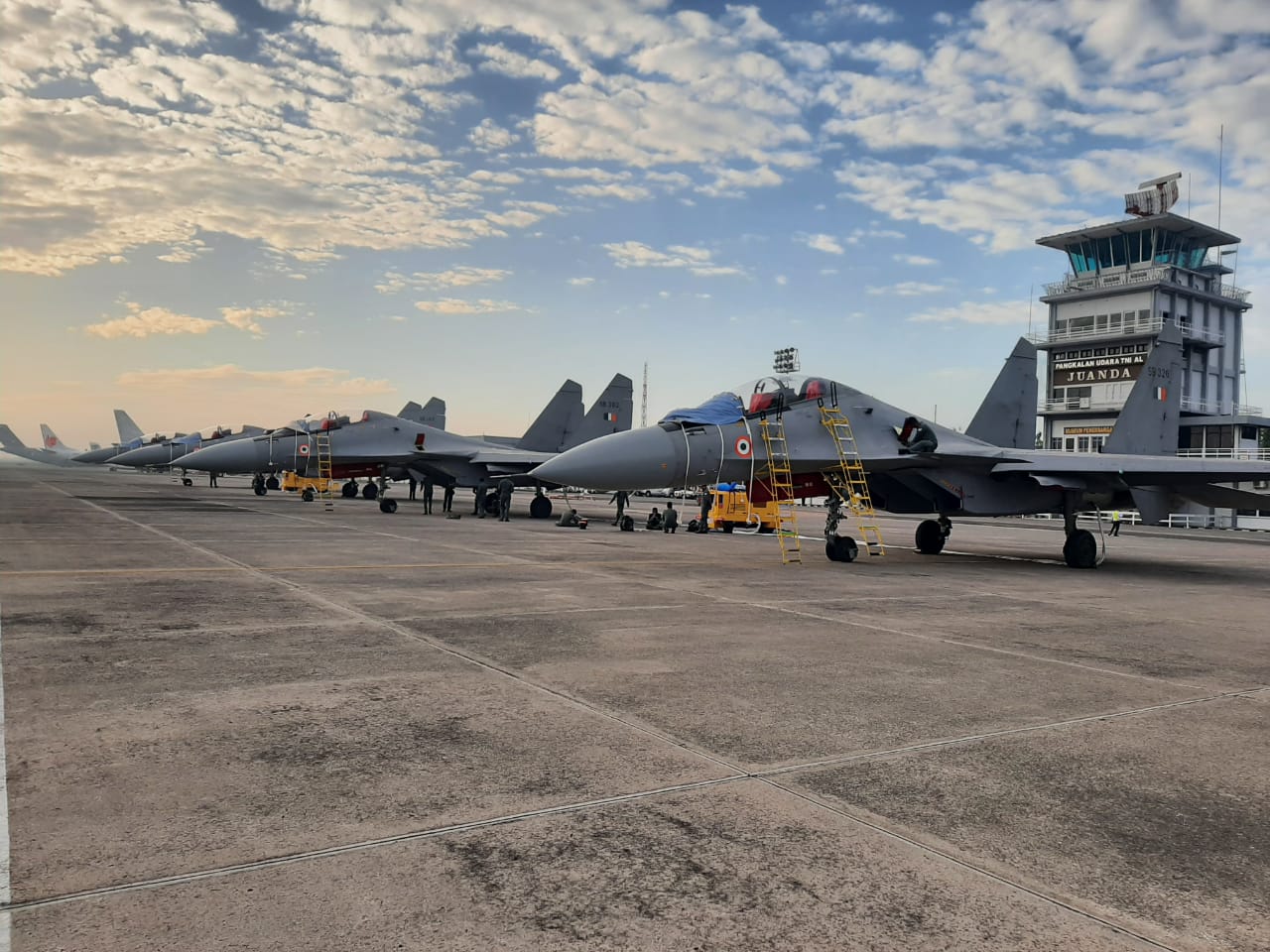
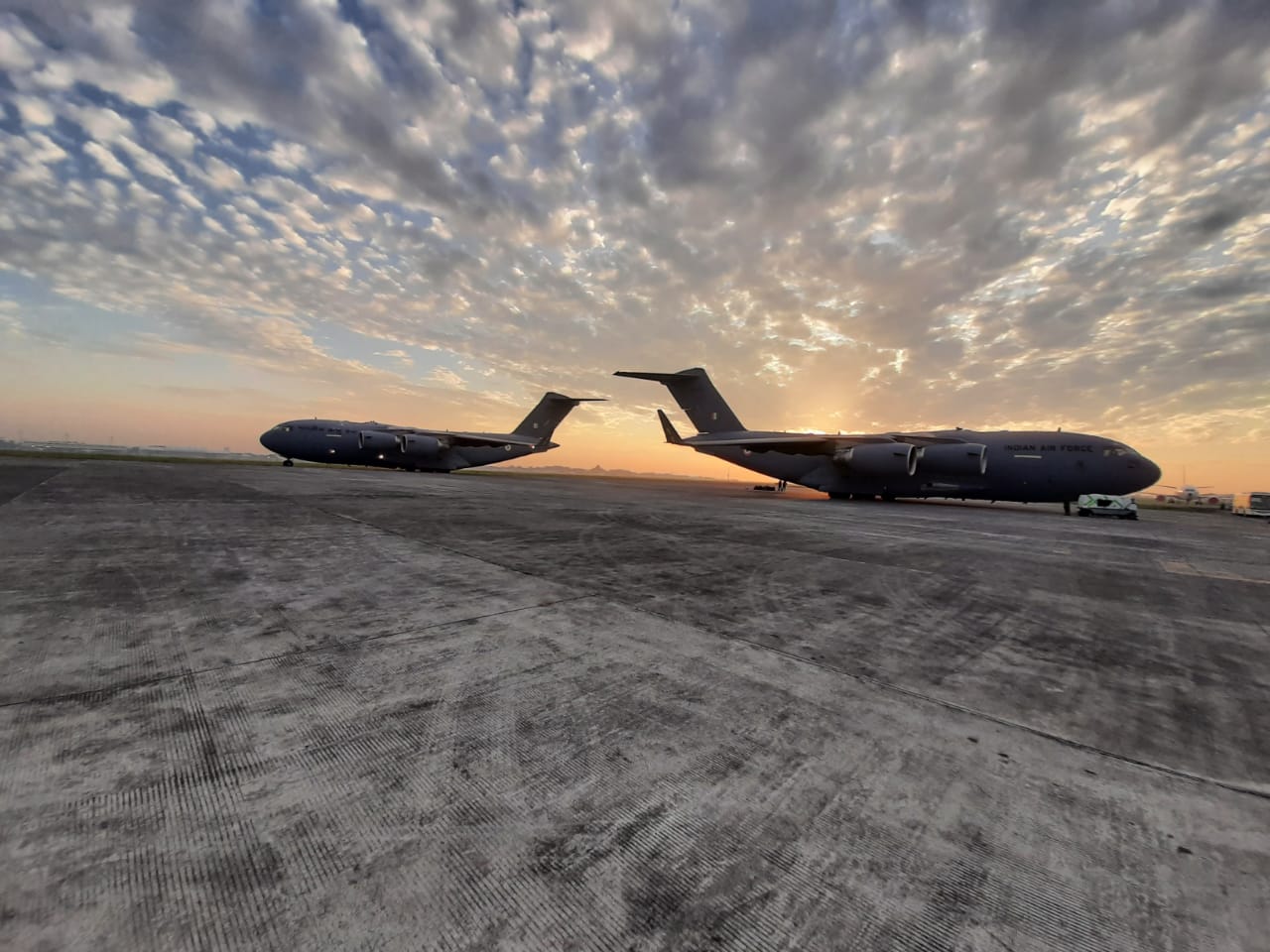
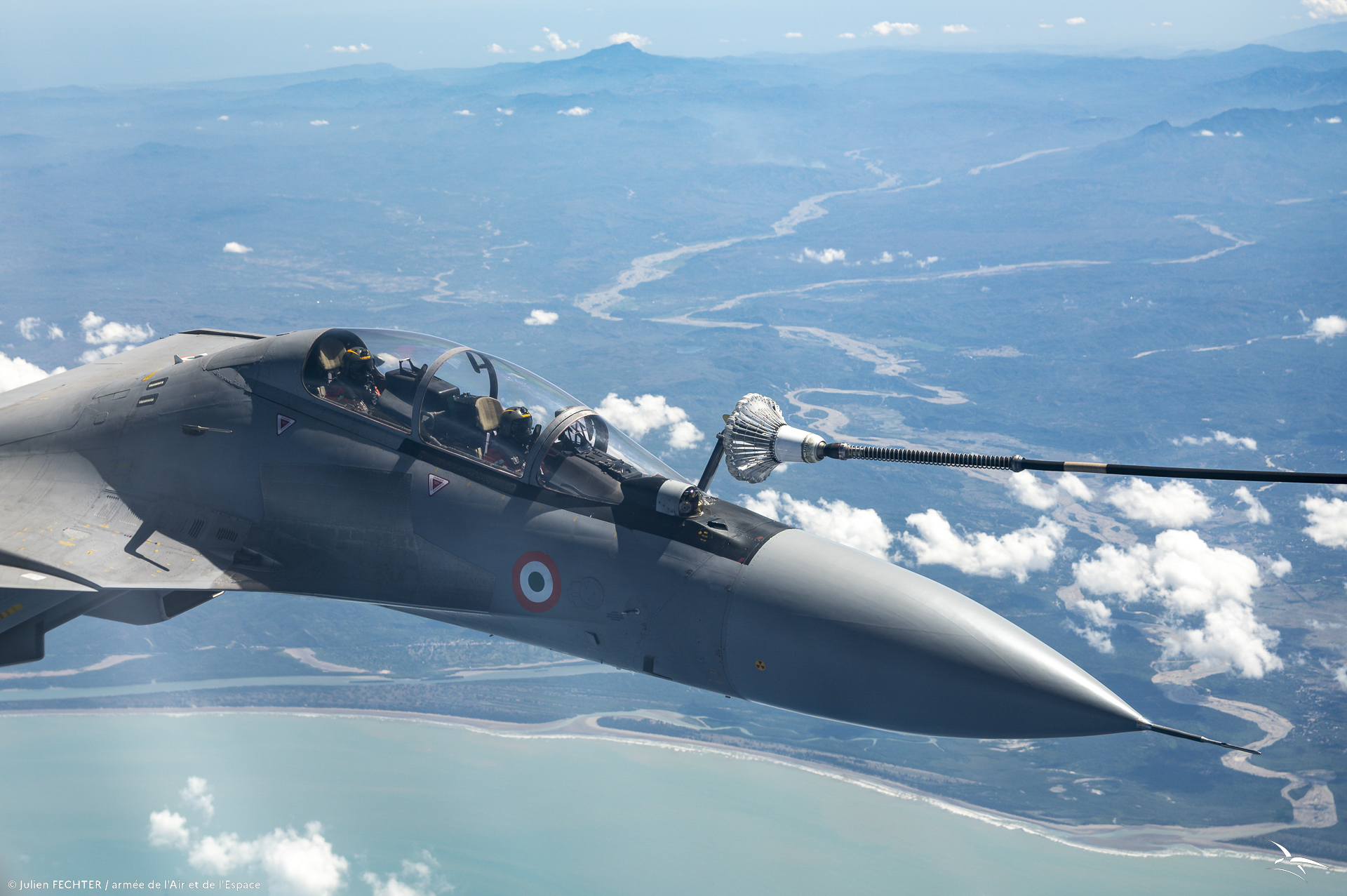
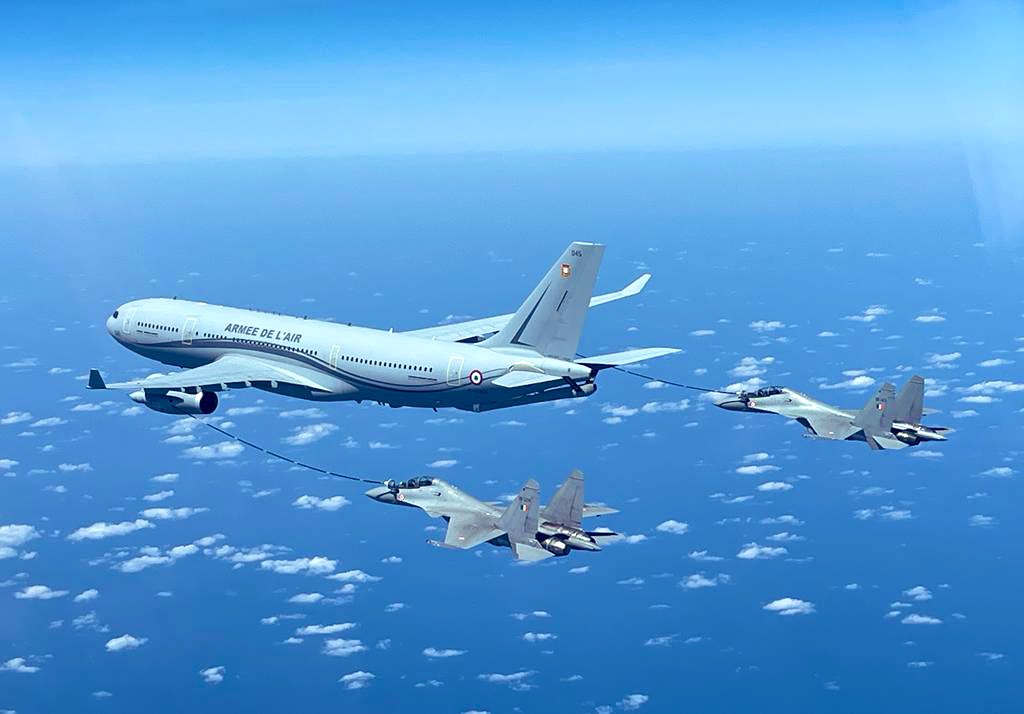
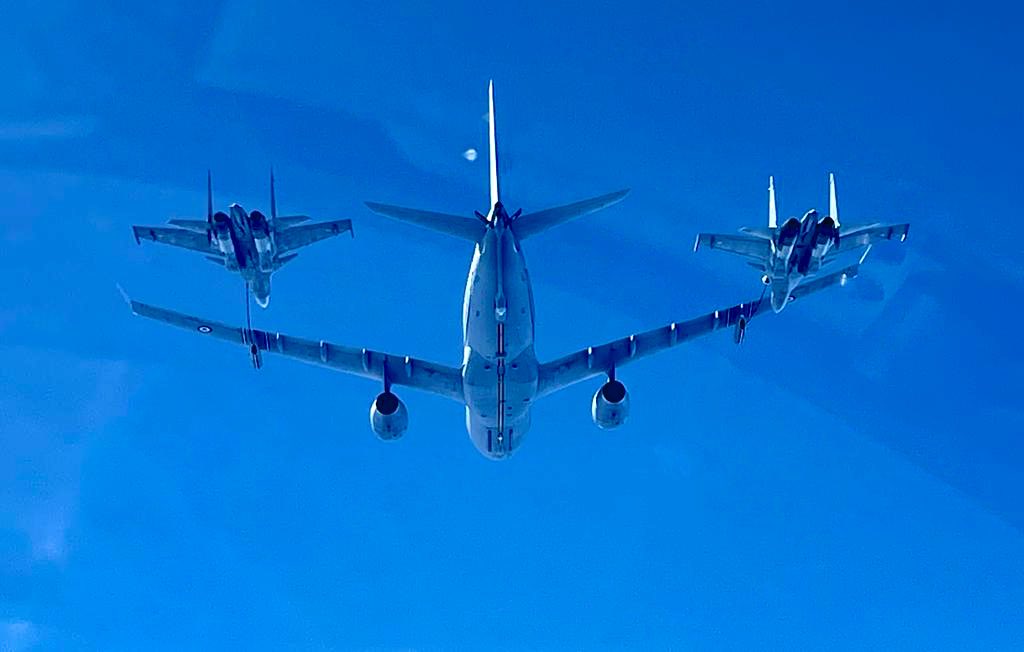
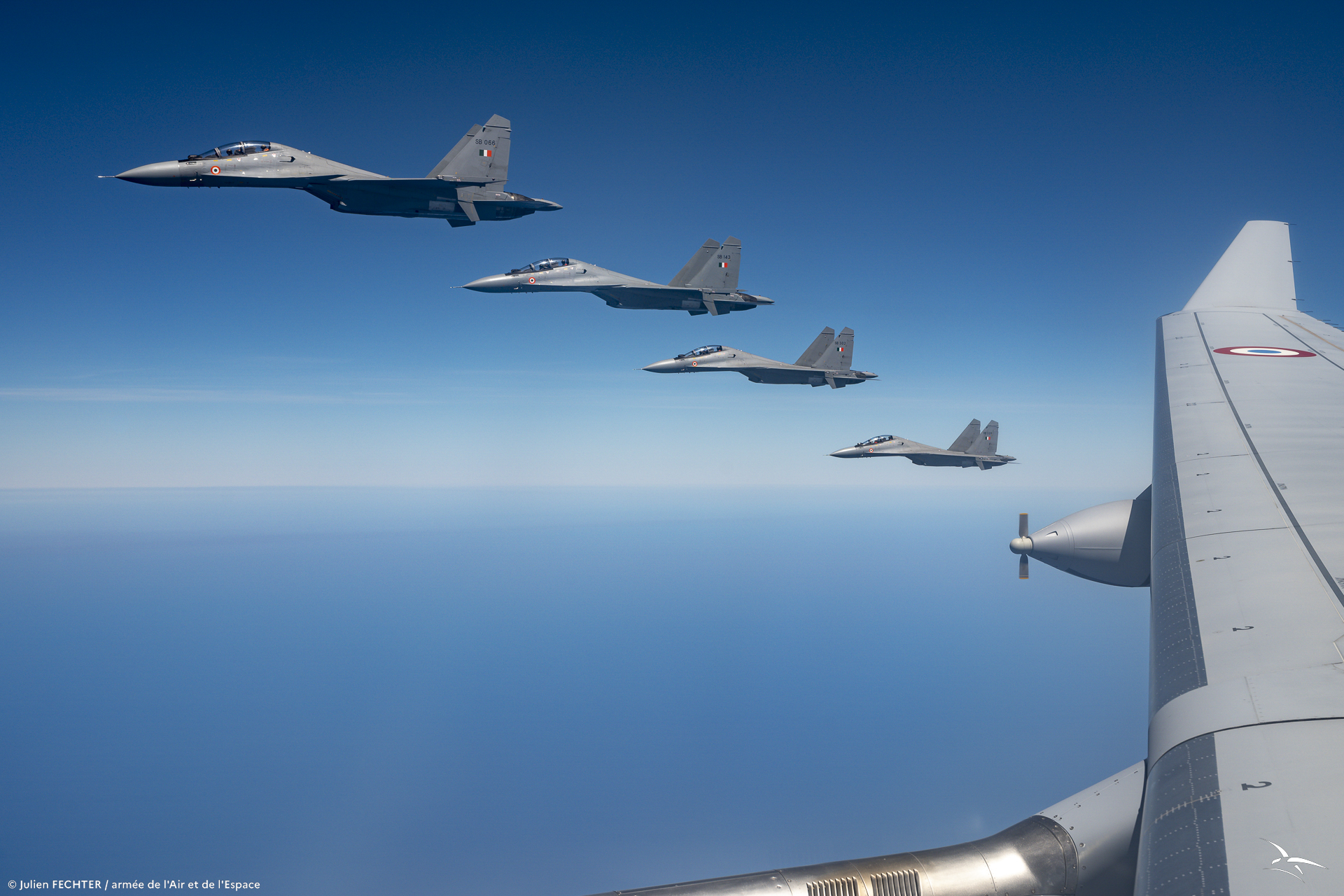
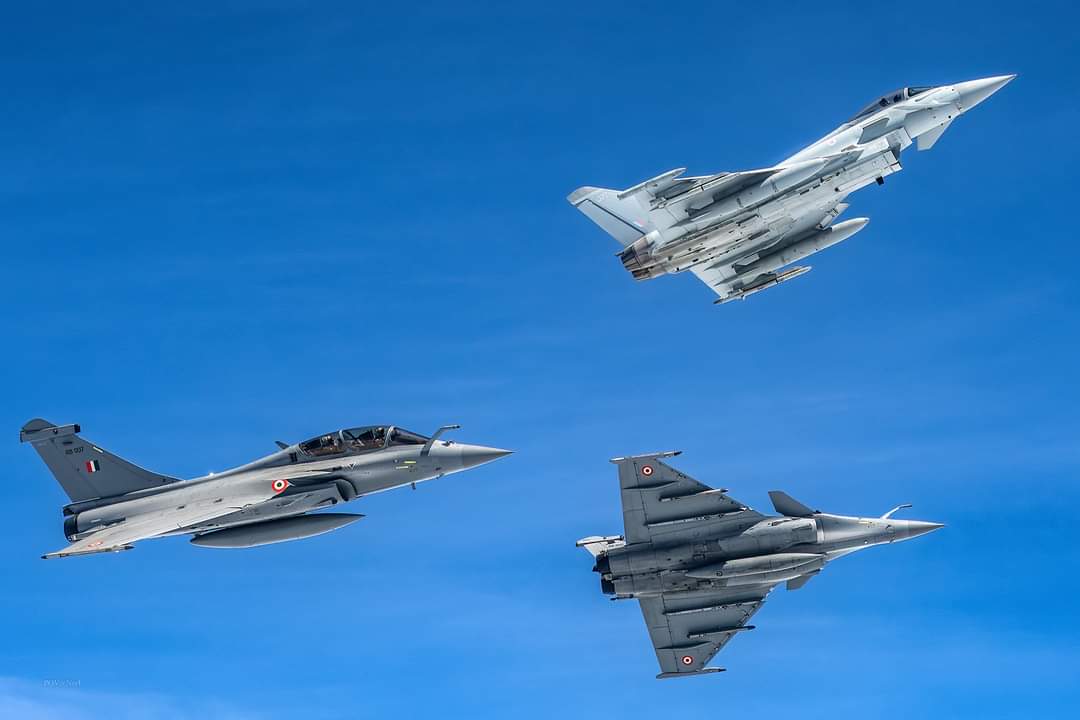
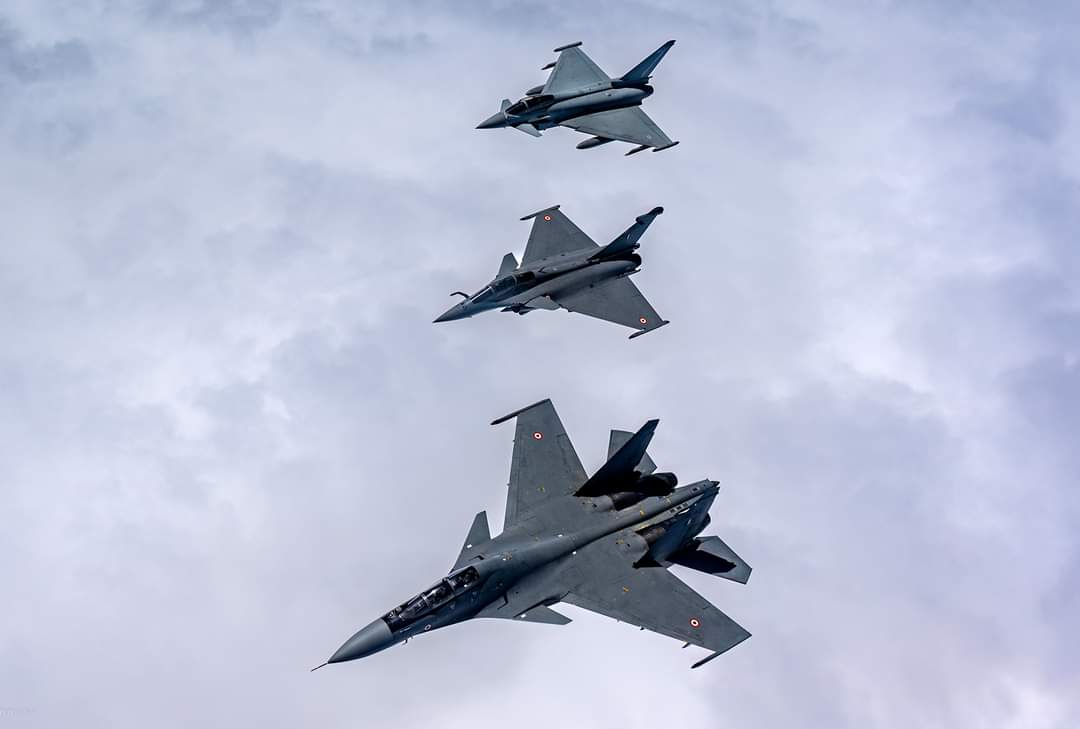
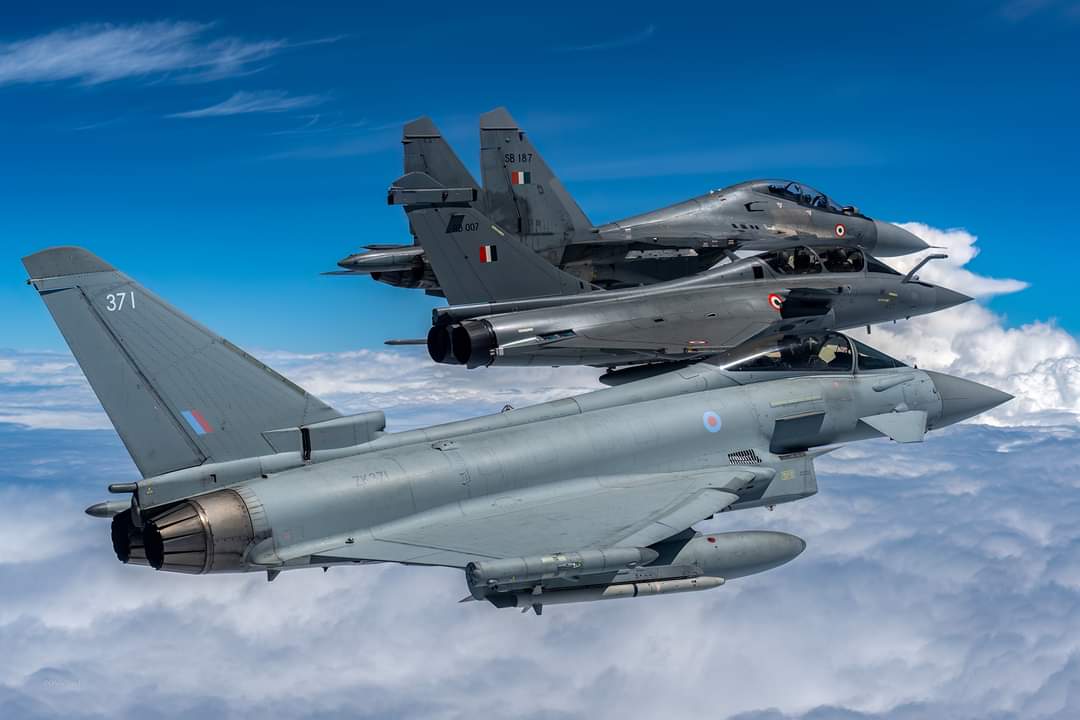
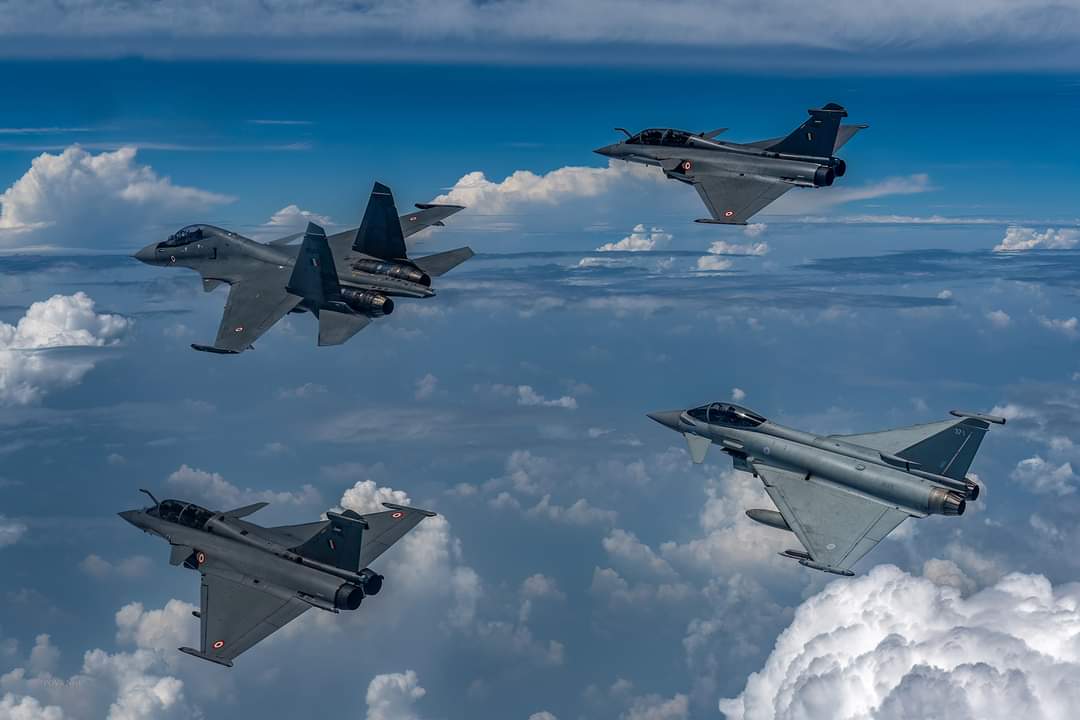
India has lined up a flurry of combat exercises before the year ends to further bolster military interoperability with friendly countries, which includes the Malabar quadrilateral naval wargames off Japan, infantry exercises with Australia and three Asean countries, and high-altitude warfare drills with the US near the Line of Actual Control (LAC) with China.
Warships, submarines, fighters, aircraft and helicopters will be deployed by India, the US, Japan and Australia off Yokosuka in Japan from November 8 to 18 for the top-notch Malabar exercise, with the four 'Quad' countries having firmly declared their intent to deter any "coercion" in the Indo-Pacific with an eye on China's aggressive expansionist policies.
The Quad and AUKUS, the trilateral pact among the US, UK and Australia to help Canberra acquire nuclear submarines, are important components of this policy.
While dispatching multi-role stealth frigate INS Shivalik, anti-submarine corvette INS Kamorta and a P-8I long-range maritime patrol aircraft for the Malabar exercise, which will be preceded by Japan's international fleet review, India is also gearing up for the major land exercise with the US.
The battalion-level 'Yudh Abhyas' exercise between the Indian and US armies will be held at Auli in Uttarakhand, barely 100 km from the LAC with China, from November 15 to December 2.
"With around 350 soldiers from each side, Yudh Abhyas will witness employment of integrated battle groups in mountains and extreme cold climate, along with heliborne elements and an integrated surveillance grid," an officer said.
With India also steadily enhancing military ties with Australia, their armies will now also conduct the first-ever 'Austra-Hind' infantry combat exercise at the Mahajan field firing ranges in Rajasthan from November 28 to December 11. "It will promote the capability to operate together in semi-desert terrain," he added.
India on Wednesday kicked off the SIMBEX naval exercise with Singapore in the Bay of Bengal.
https://twitter.com/SuboSrivastava/stat ... JCEptLfenw ---> 7th edition of Ex Garuda 2022, a bilateral Indo-French large force employment warfare exercise will be hosted by IAF from Oct 26 to Nov 12.This is the seventh edition of the bilateral exercise. The first, third and fifth editions were conducted in India in 2003, 2006 and 2014 at Air Force Stations Gwalior, Kalaikunda and Jodhpur, respectively. The second, fourth and sixth editions were conducted in France in 2005, 2010 and 2019.
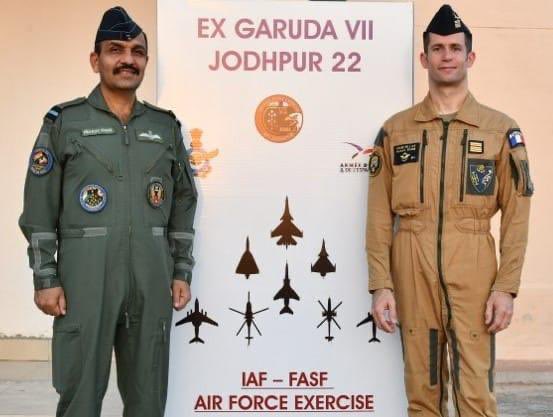
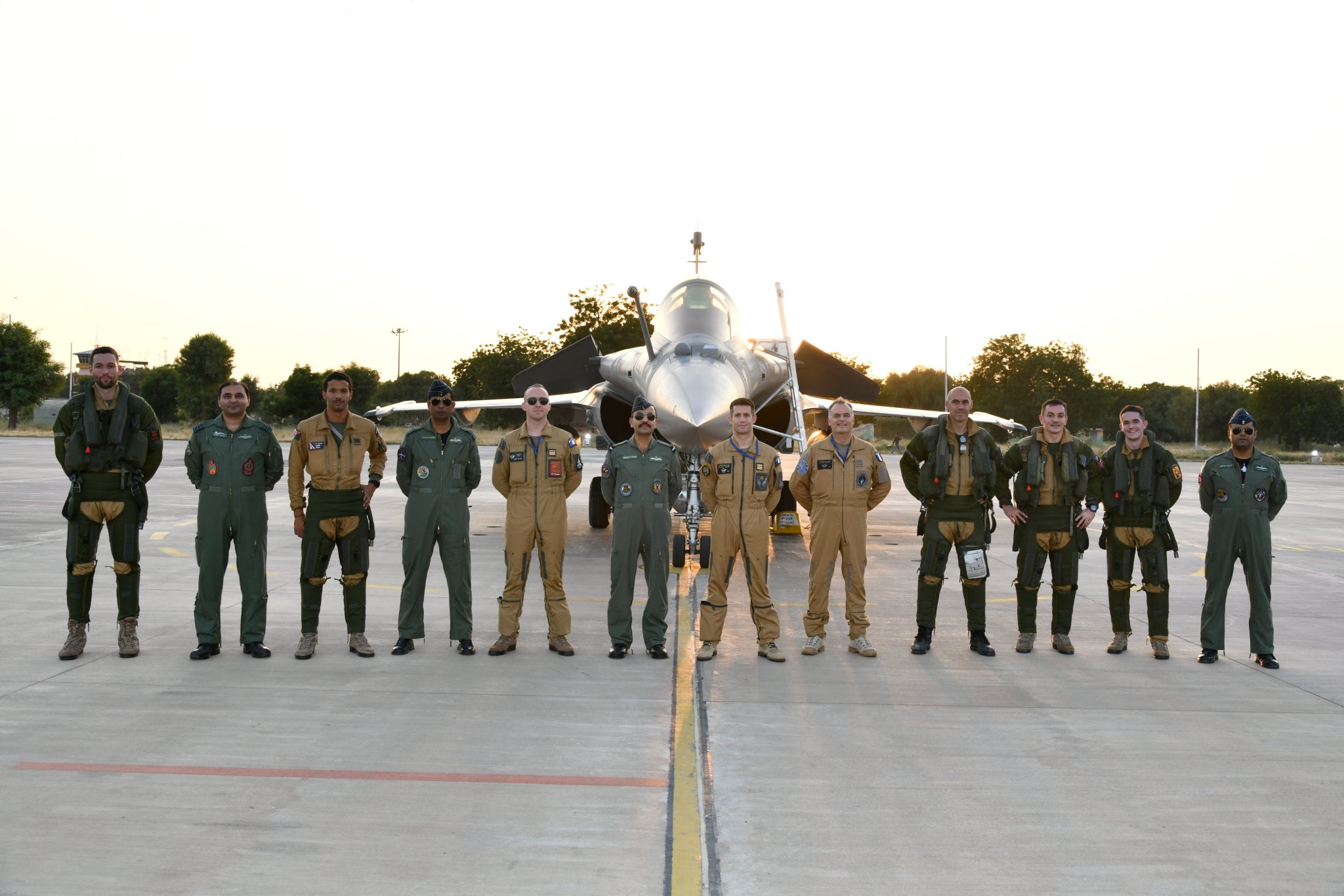

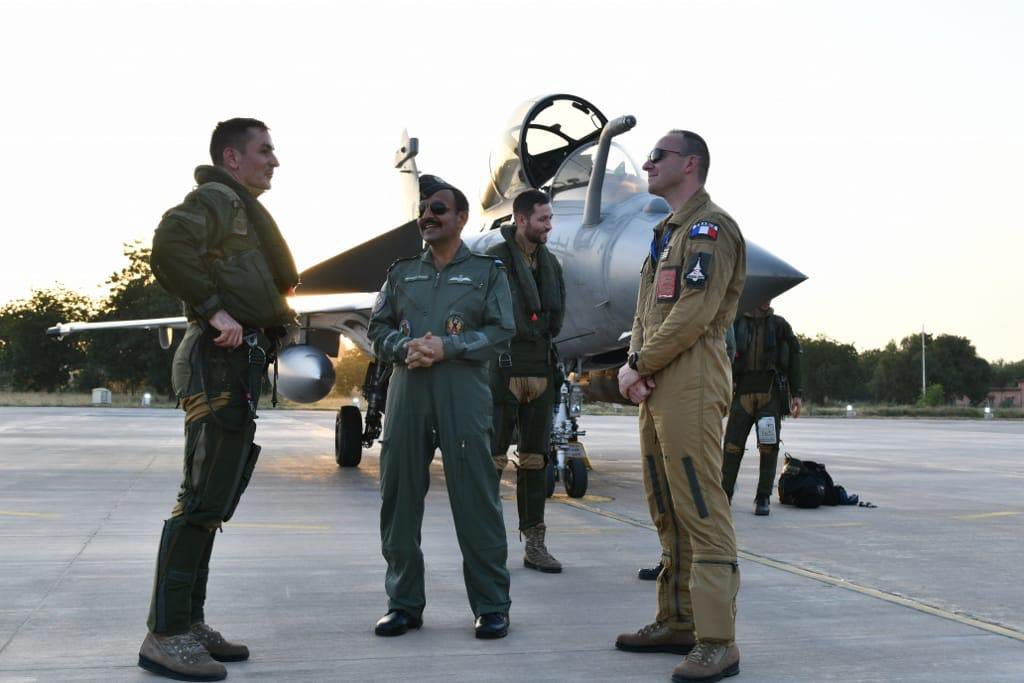


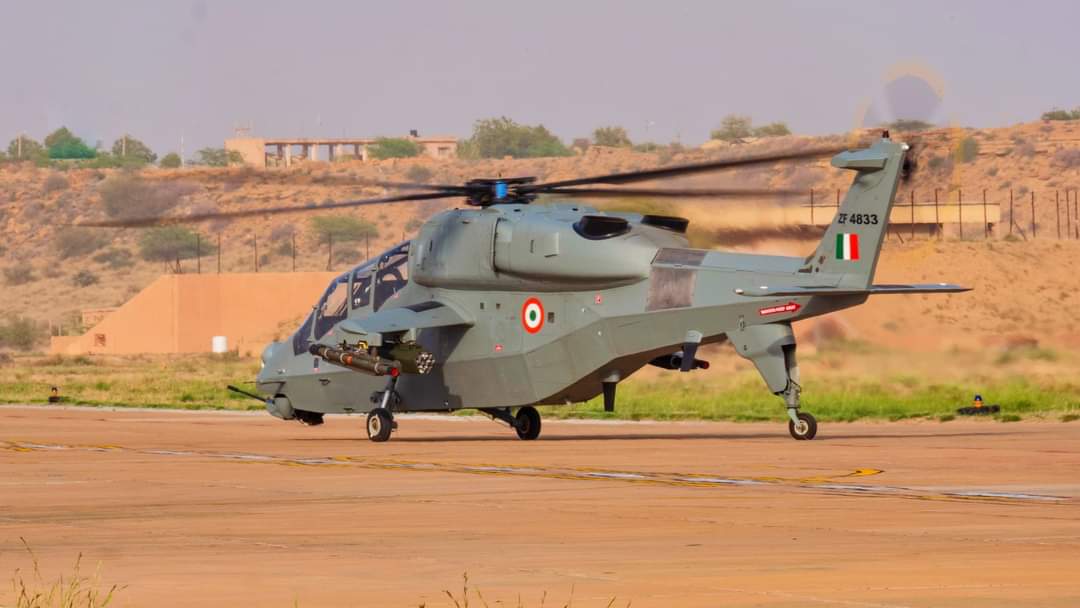
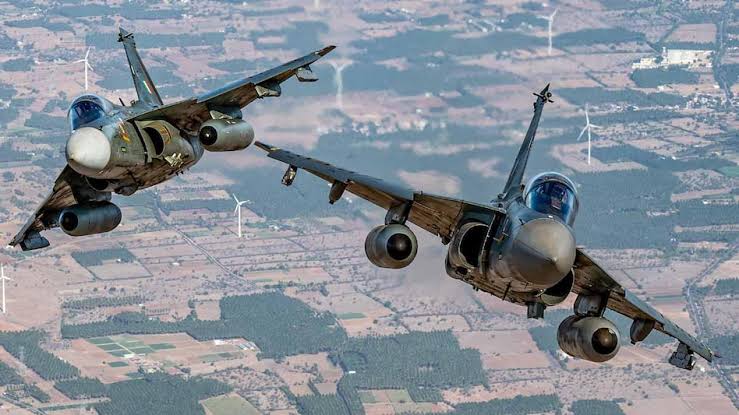

is there any particular reason our dresses are loose, especially at feet? some weather preference or something else?Rakesh wrote:...
You are looking at the flight suit minus the g-suit. Pilots wear their flight suit on base, even if they are not flying. But when scheduled for a flight (especially in a high performance fighter), g-suits are obviously required. The FASF pilots in the pictures posted above, have just disembarked from their Rafale fighter and thus they have their g-suit still on.ArjunPandit wrote:is there any particular reason our dresses are loose, especially at feet? some weather preference or something else?
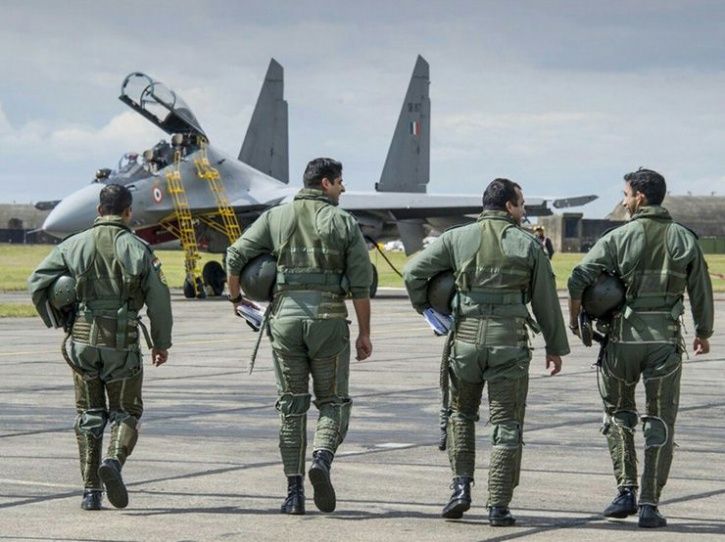
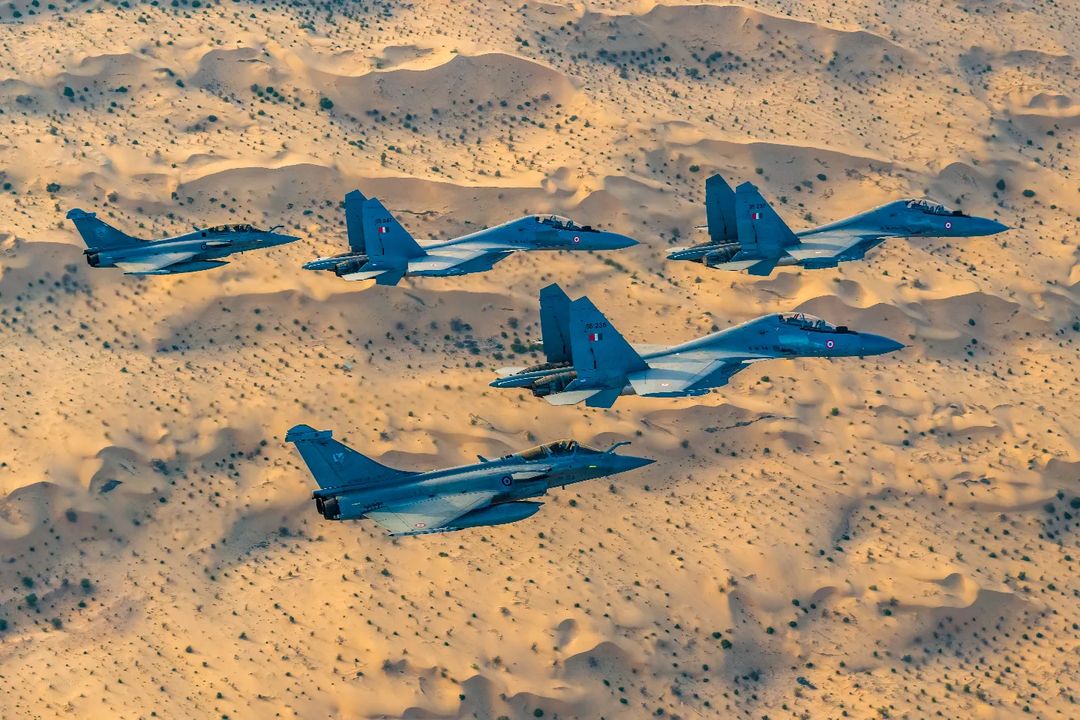
thanks very helpful!Rakesh wrote:You are looking at the flight suit minus the g-suit. Pilots wear their flight suit on base, even if they are not flying. But when scheduled for a flight (especially in a high performance fighter), g-suits are obviously required. The FASF pilots in the pictures posted above, have just disembarked from their Rafale fighter and thus they have their g-suit still on.
See this picture below of Rambha pilots heading to their respective aircraft for a particular mission. See the flight suit + g-suit...
https://twitter.com/lca_tejas_/status/1 ... ZafHFRIgbQ --->Bala Vignesh wrote:May be i am reading into this too much, but i see this as a mark of IAF's confidence on the platforms along with their intent to see how the platforms perform against technologically superior force and its employement doctrines.
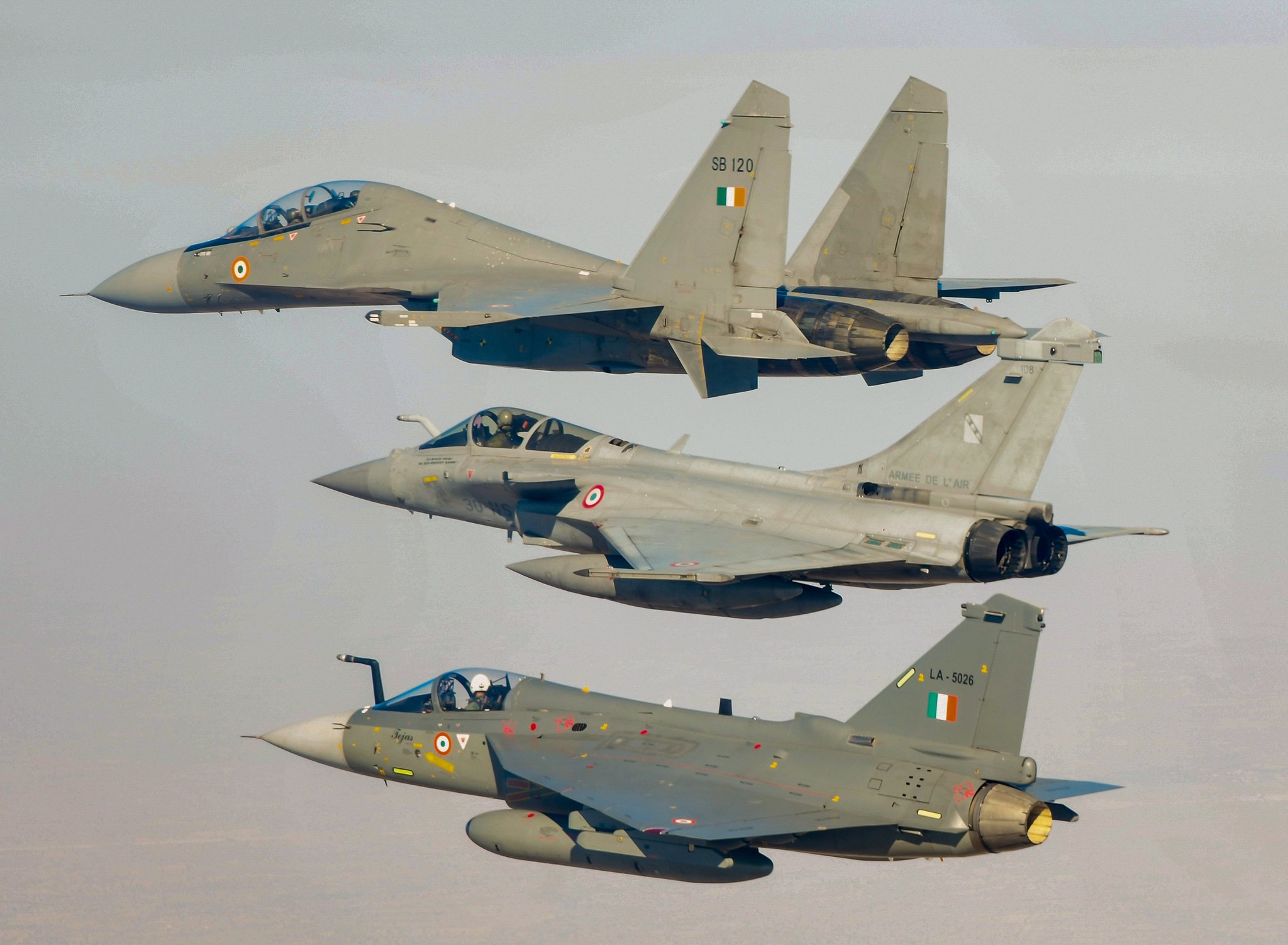
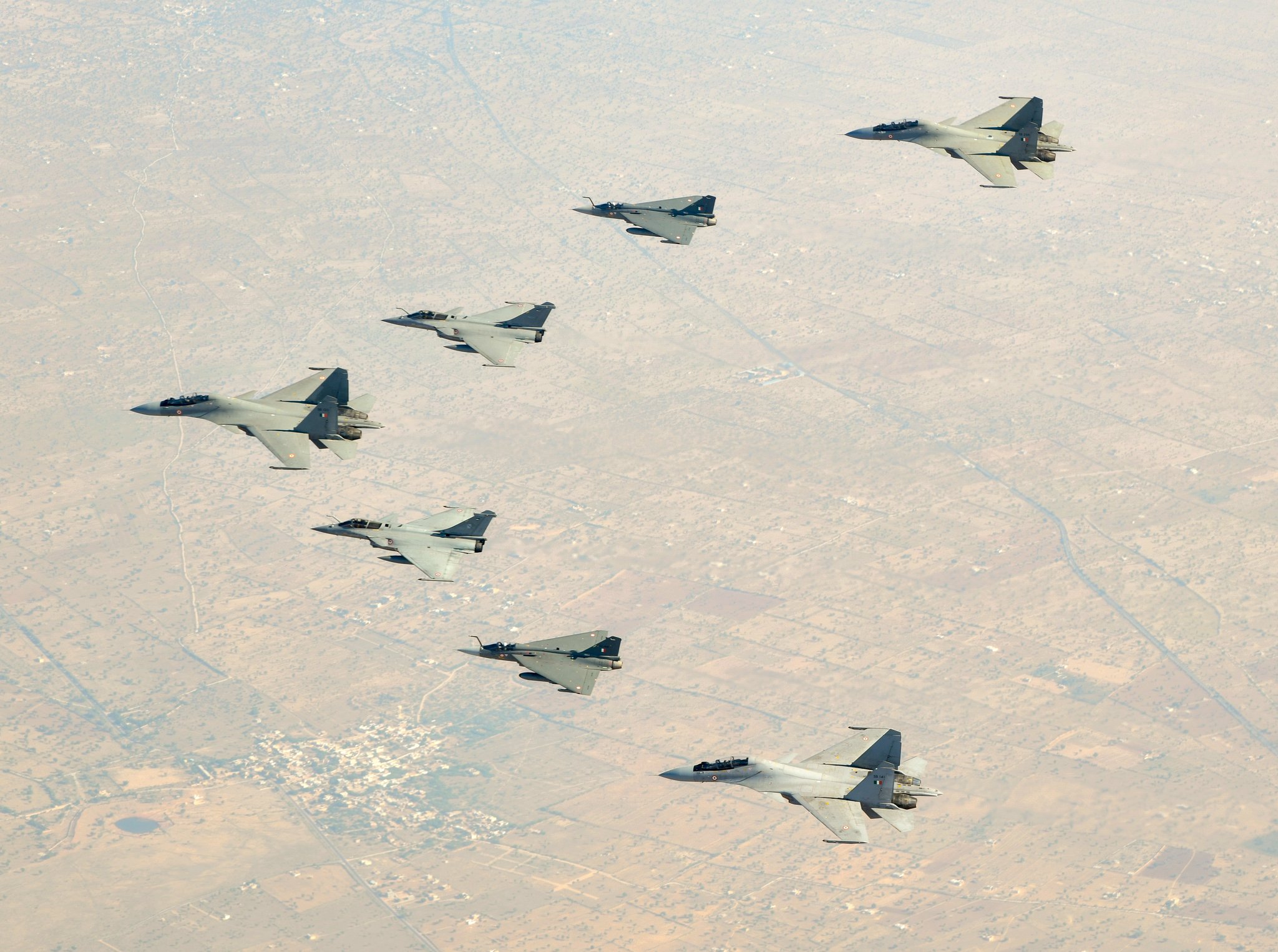
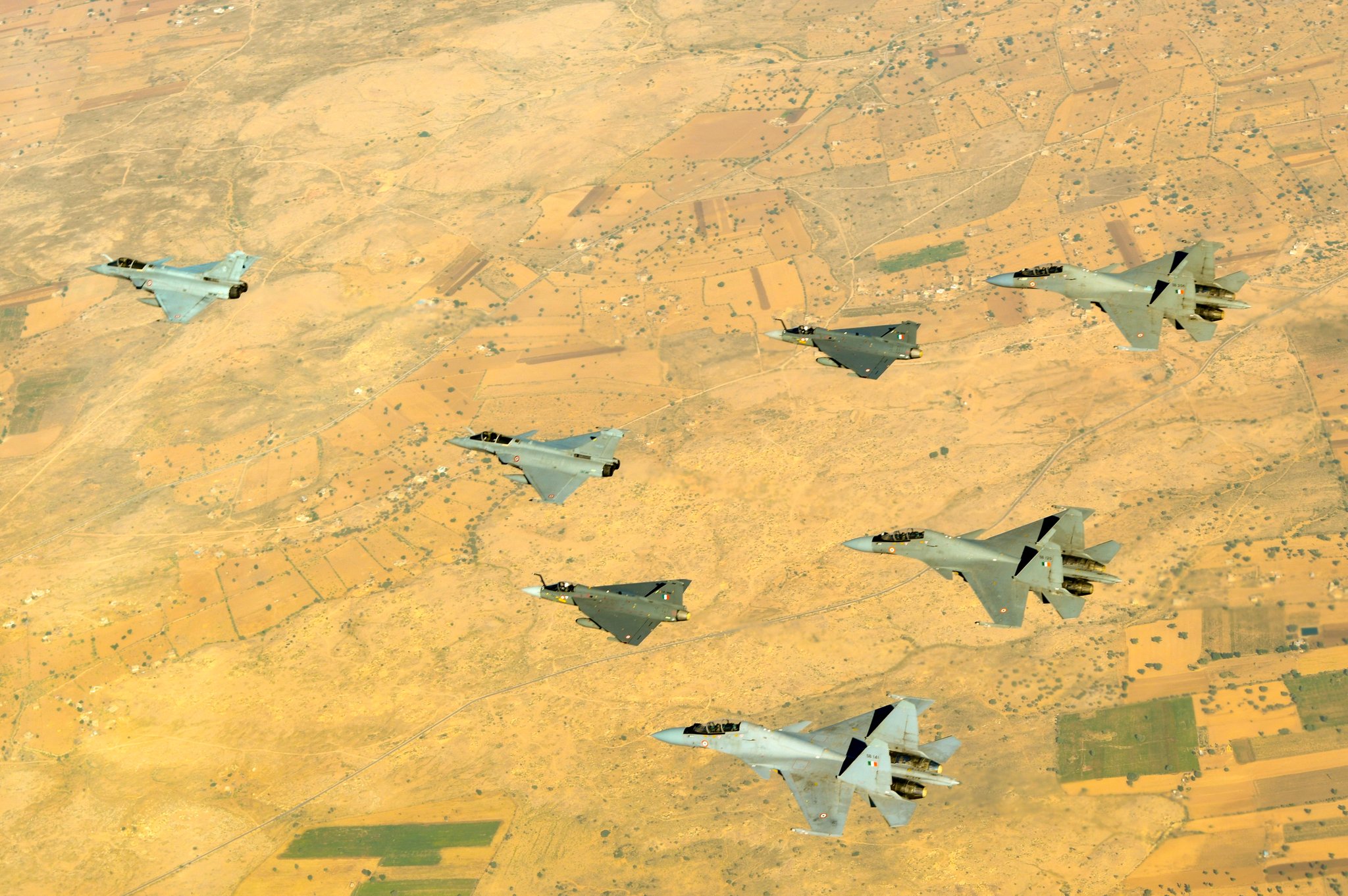
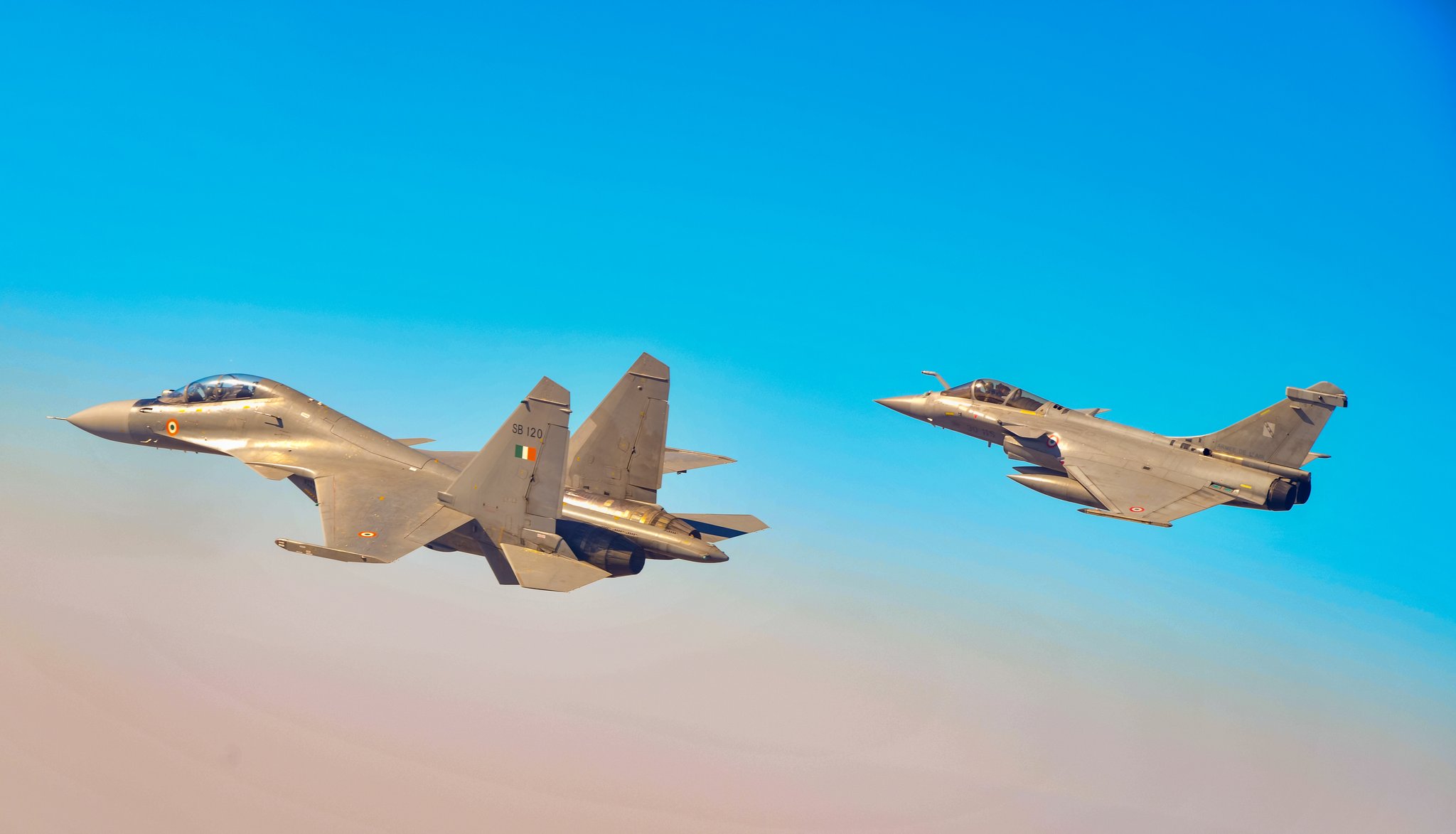
Amid muscle-flexing by China in the Indo-Pacific, Australia is keen to further crank up military ties with India in terms of maritime domain awareness, combat exercises, classified information exchange, interoperability, humanitarian assistance and disaster relief.
Tthere is “a lot of stress and strain” underway in the Indo-Pacific with a number of challenges like climate change and “big power muscle movement”, which includes India facing “live borders”, visiting Australian Fleet commander Rear Admiral Jonathan Earley said on Tuesday.
With India and Australia “guarding the two flanks of the Indian Ocean”, the two countries can “certainly” enhance cooperation in maritime domain awareness through classified exchanges and exploitation of common platforms like P-8I maritime patrol aircraft and MH-60 `Romeo’ helicopters, he added.
The two countries will also increase the complexity of their bilateral and multilateral combat exercises. India, the US, Japan and Australia will kick off the top-notch Malabar exercise off Yokosuka in Japan next week, with the “Quad” countries having earlier declared their intent to deter any `coercion’ in the Indo-Pacific.
Rear Admiral Earley said Australia has also invited India to participate in its largest biennial `Talisman Sabre’ exercise with the US and other countries next year. After India’s recent participation in the major multi-nation `Pitch Black’ air combat exercise at Darwin in Australia, the armies from the two countries will also conduct the first-ever `Austra-Hind’ infantry combat exercise at the Mahajan field firing ranges in Rajasthan from November 28 to December 11, as was first reported by TOI.
Under Australia’s flagship regional engagement activity, the Indo-Pacific Endeavour (IPE22), two Australian warships with embarked helicopters and around 1,300 personnel are also currently at Visakhapatnam.
“IPE22 supports the Australian government’s commitment to an open, inclusive and resilient Indo-Pacific region. The activity will strengthen Australia’s engagement and partnerships with regional nations,” said Australian high commissioner Barry O’Farrell.
“India is an important strategic partner for Australia and has a critical role to play in the security and stability of the wider Indo-Pacific. IPE22 will pave the way for deeper and more sophisticated operational cooperation between our defence forces,” he added.

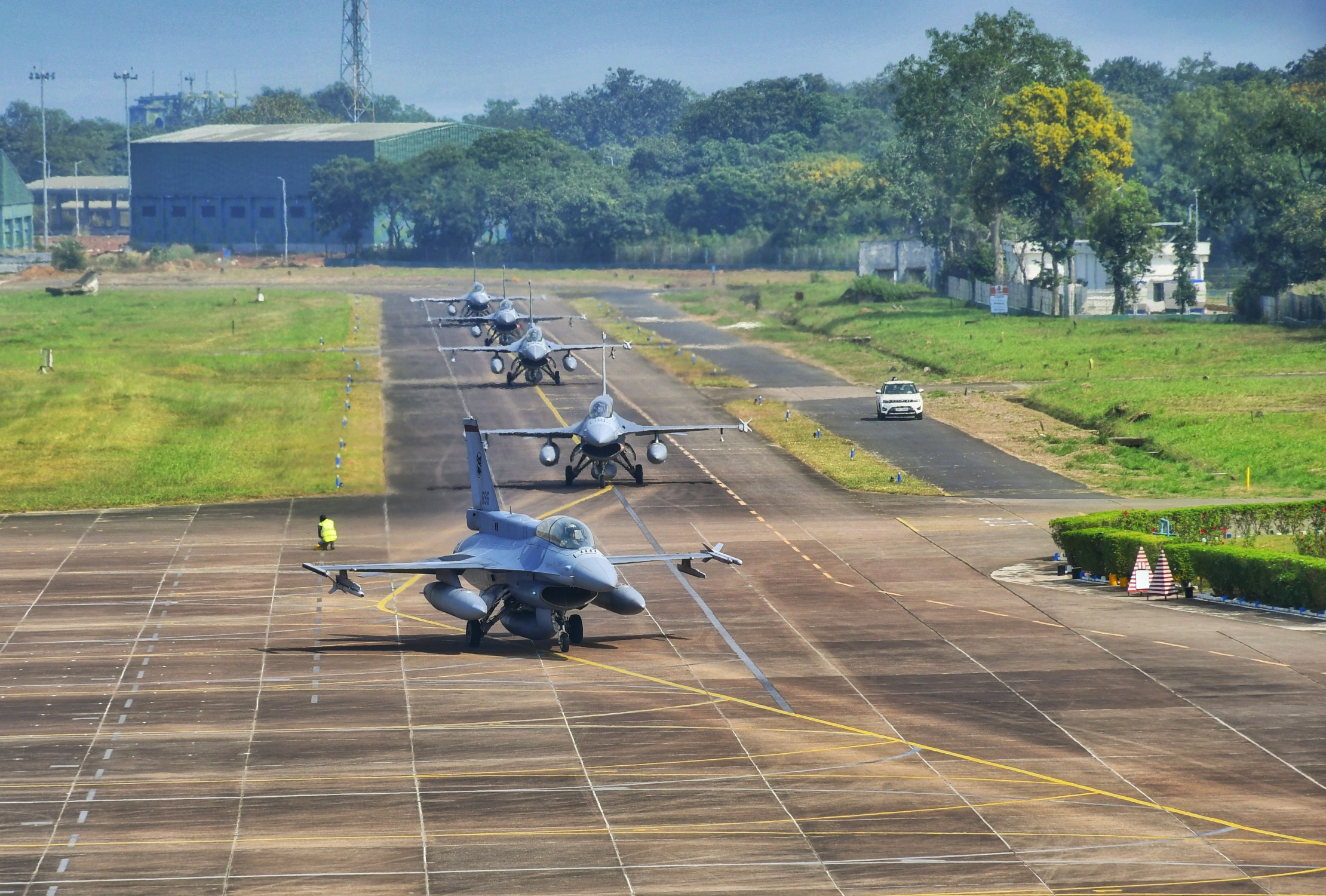
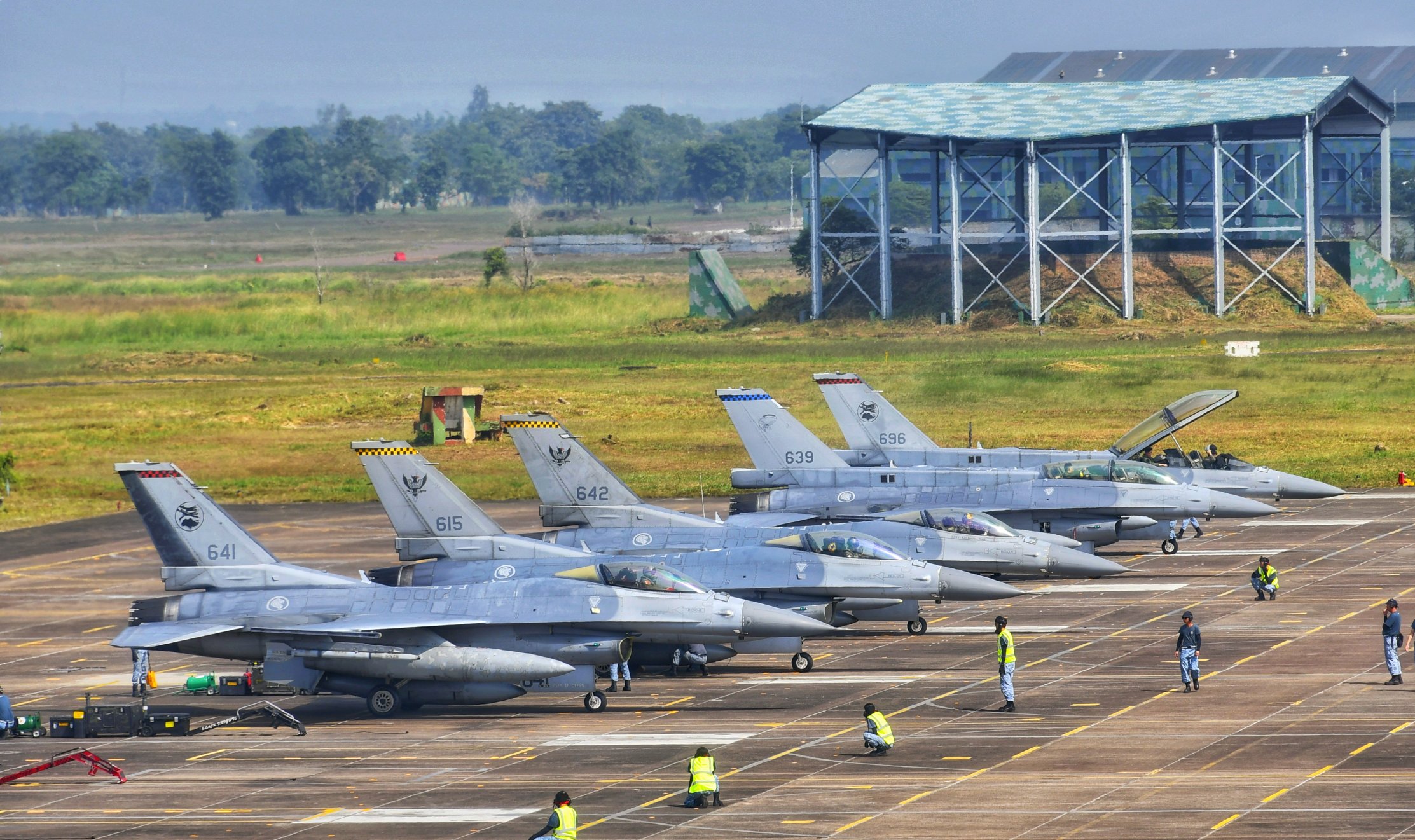

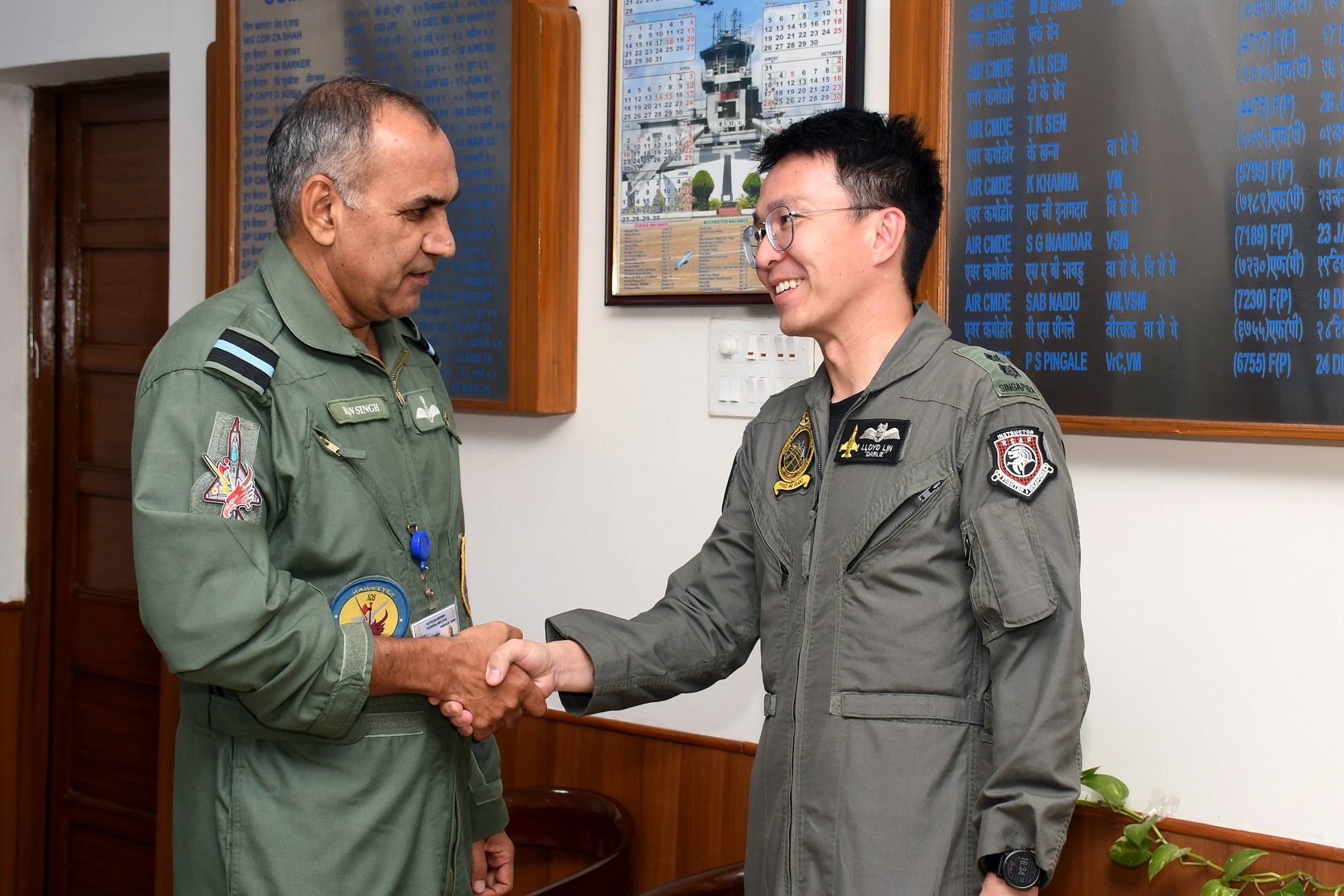
The U.S. military, which had just finished a joint exercise with South Korea that prompted missile barrages and other warnings from North Korea, is set to hold major drills with Japan later this month in southwestern Japan.
Australia, Canada and Britain will join part of the drills, while France, India, New Zealand, the Philippines and South Korea are expected to take part as observers.
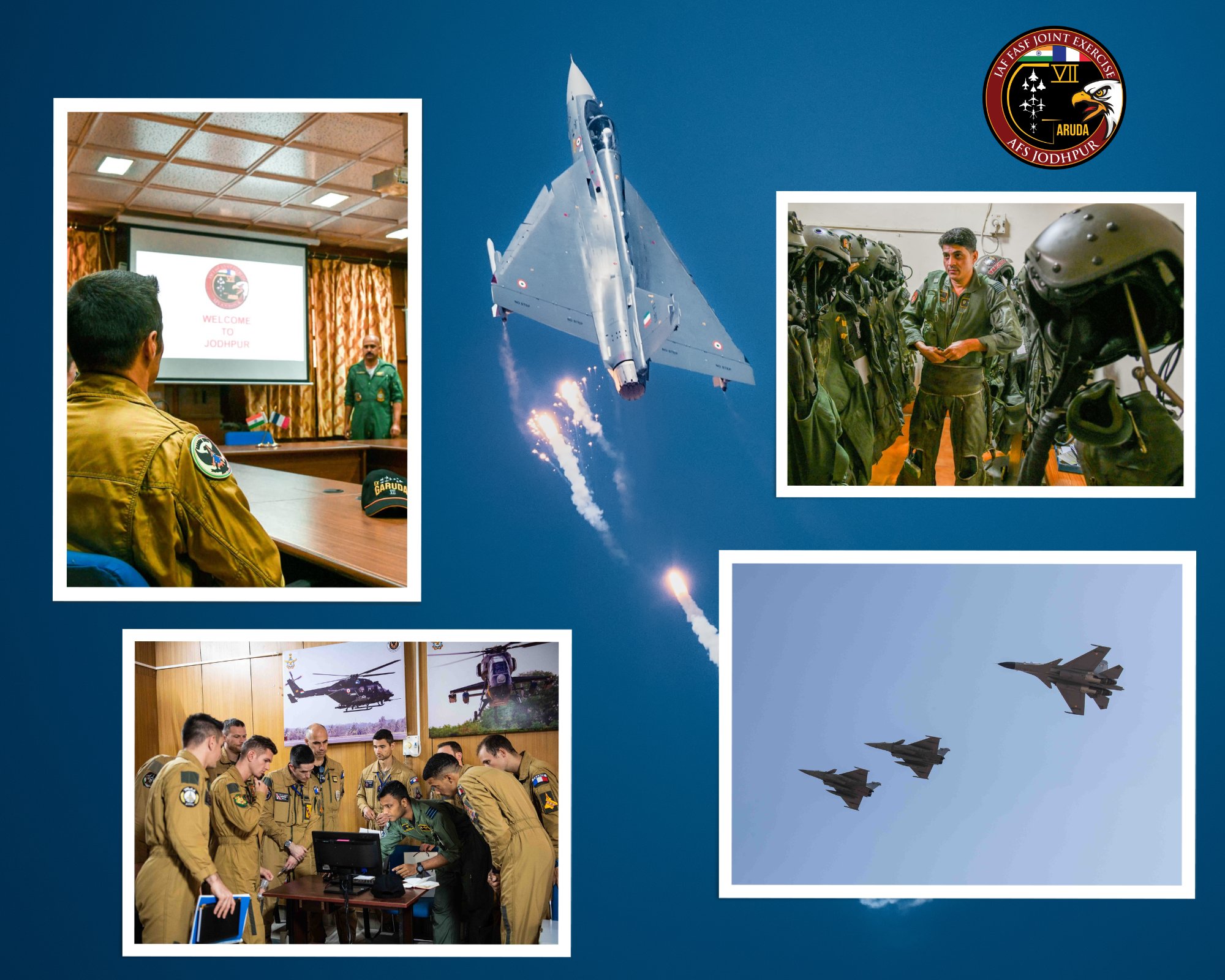


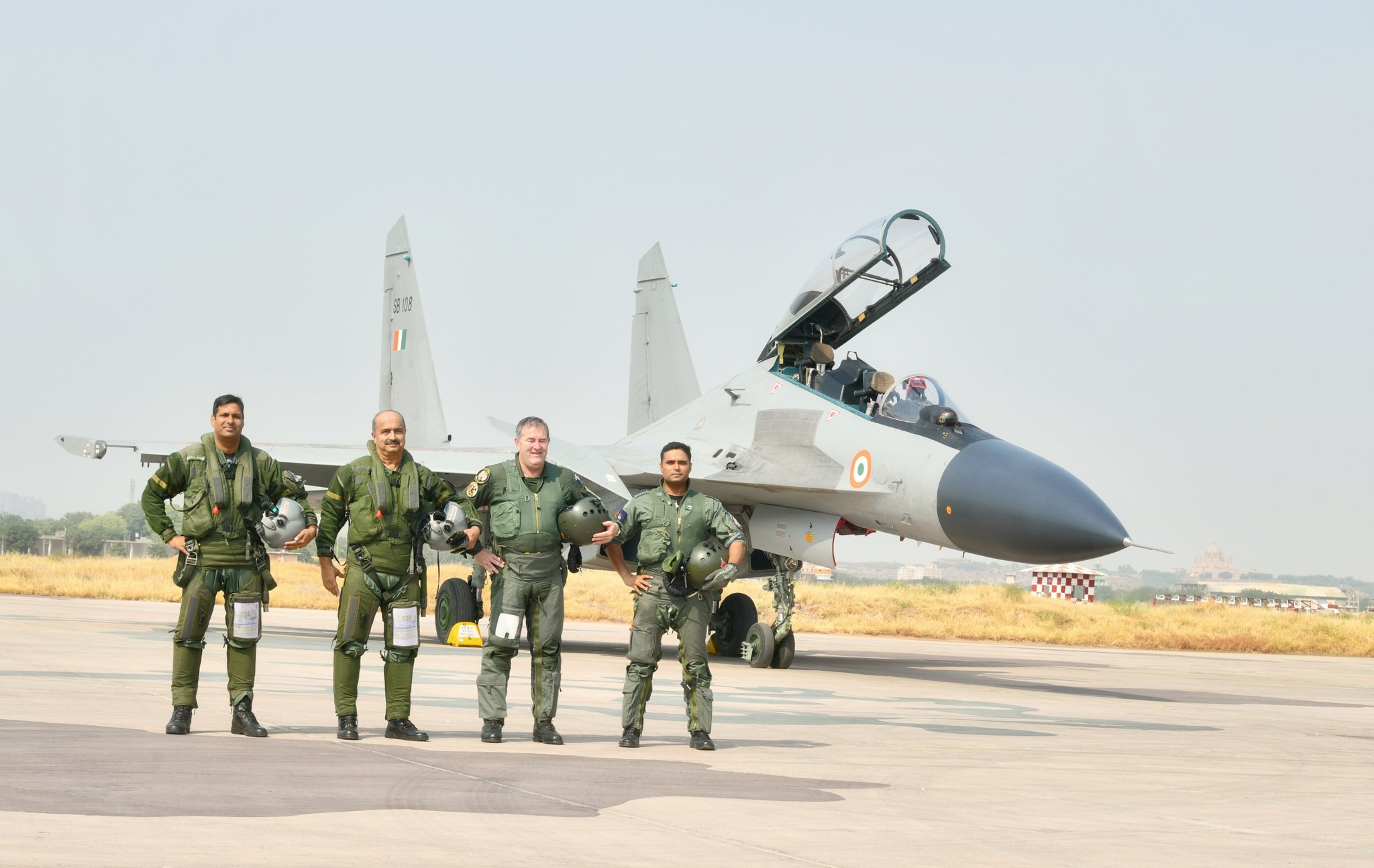

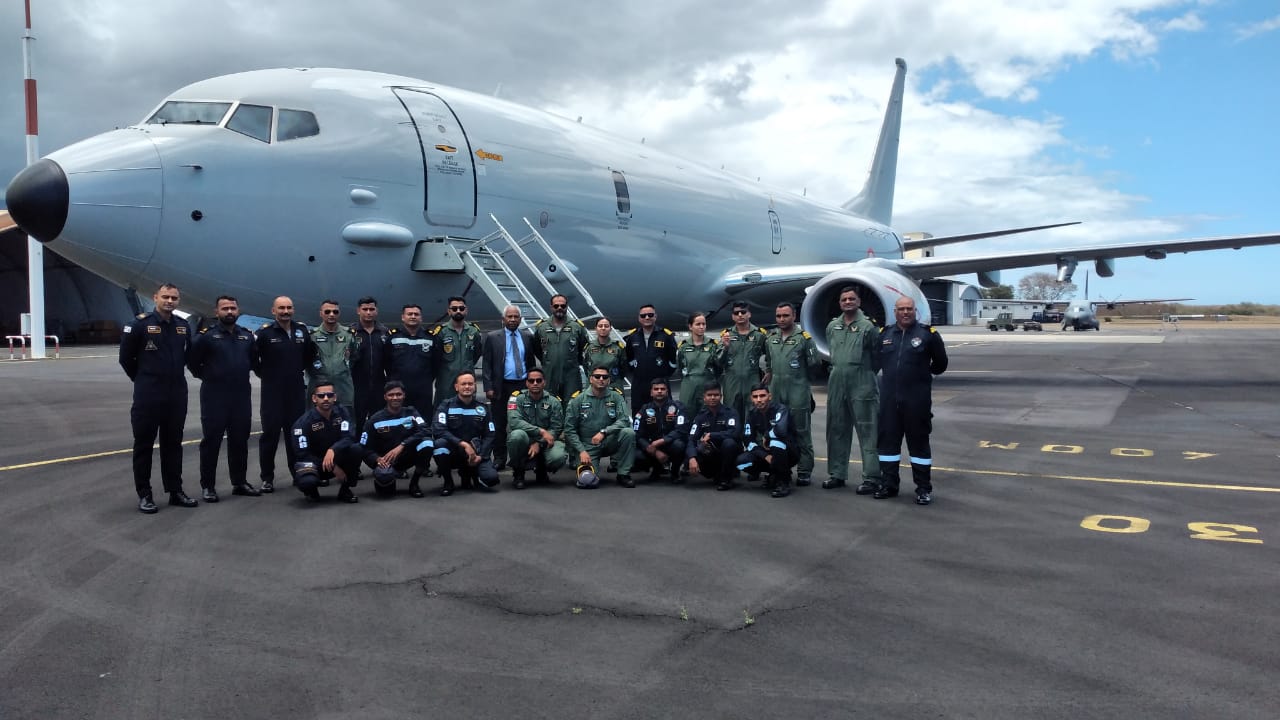
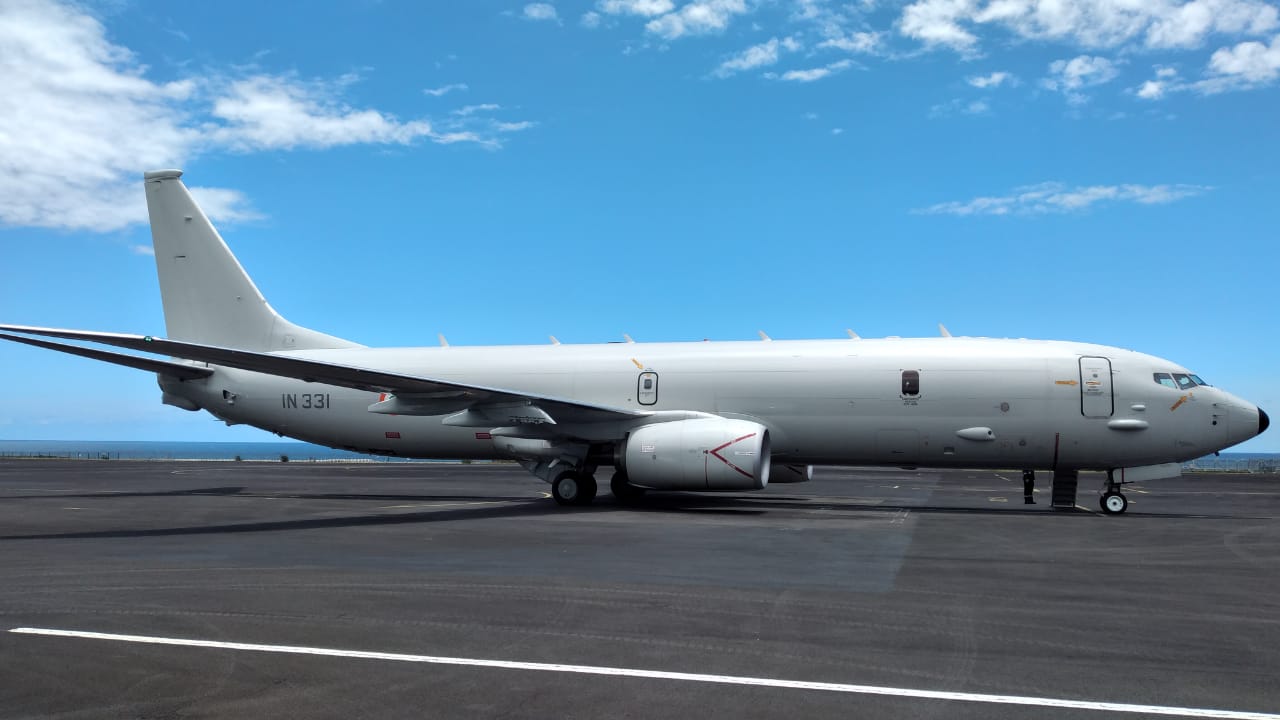
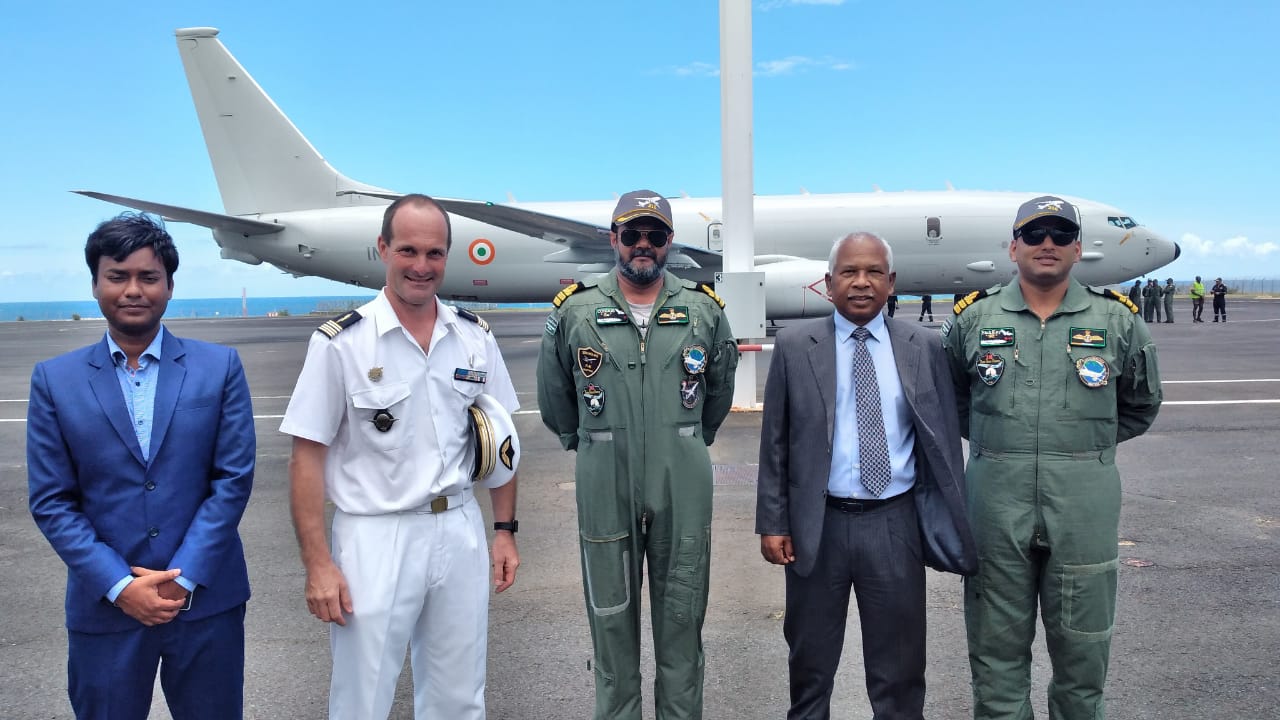
India and France are now set to undertake a joint maritime surveillance mission in the southern Indian Ocean Region (IOR) as part of their robust strategic partnership, even as their air force chiefs took to the skies in fighters during the ongoing `Garuda’ air combat exercise in Jodhpur on Tuesday.
Officials said a P-8I long-range maritime patrol aircraft of the Indian Navy has touched down at the strategically-located La Réunion, a French overseas island east of Madagascar and southwest of Mauritius, for coordinated surveillance and ocean-mapping operations with the French Navy “to further enhance maritime domain awareness, security and safety in the southern IOR”.
The 'Quad’ countries of India, the US, Japan and Australia have kicked off their top-notch Malabar naval exercise off Yokosuka near the East China Sea, with China’s aggressive moves in the Indo-Pacific figuring high on their radar screens.
India has deployed multi-role stealth frigate INS Shivalik, anti-submarine corvette INS Kamorta and a P-8I long-range maritime patrol aircraft for the 10-day Malabar exercise that will witness “advanced coordinated anti-submarine warfare” among other complex combat drills.
The US has fielded nuclear-powered aircraft carrier USS Ronald Reagan, guided missile cruiser USS Chancellorsville and Aegis guided missile destroyer USS Milius. Australia, in turn, is participating with Anzac-class frigate Arunta and tanker Stalwart, while Japan has helicopter-carrier Hyuga, destroyers Takanami and Shiranui, and tanker Oumi.
The exercise’s opening ceremony was attended by Indian Eastern Fleet commander Rear Admiral Sanjay Bhalla, Japan’s Self Defense Fleet commander-in-chief Vice Admiral Yuasa Hideki, US Seventh Fleet commander Vice Admiral Karl Thomas and Australian Fleet commander Rear Admiral Jonathan Earley.
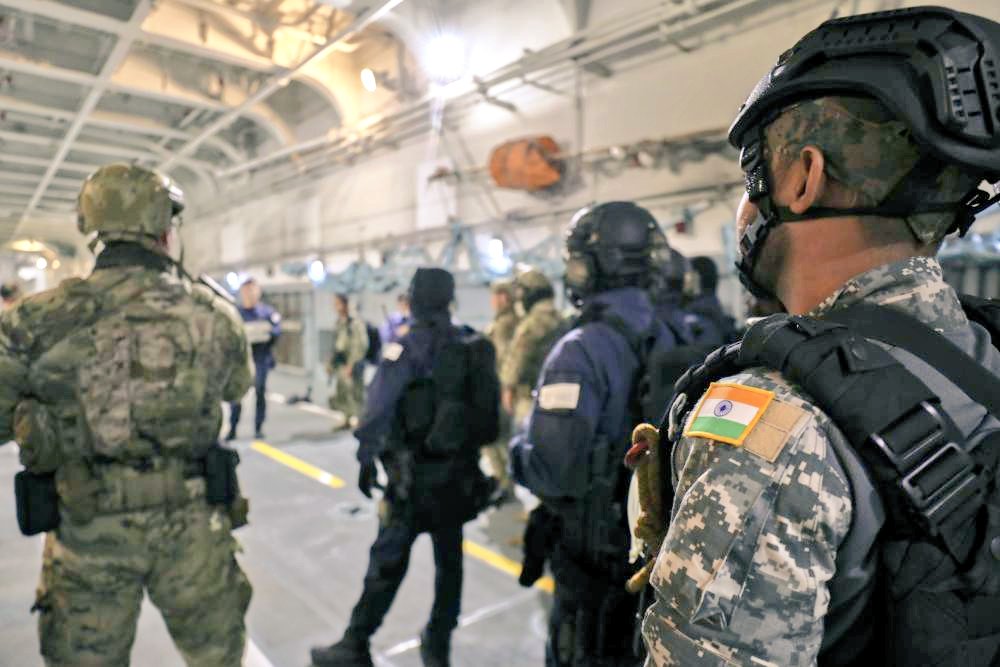
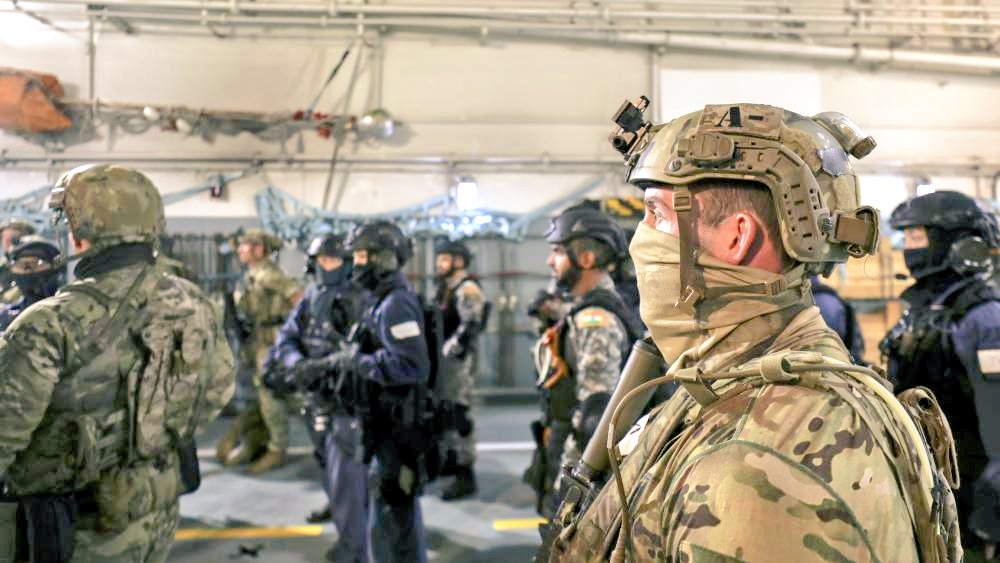

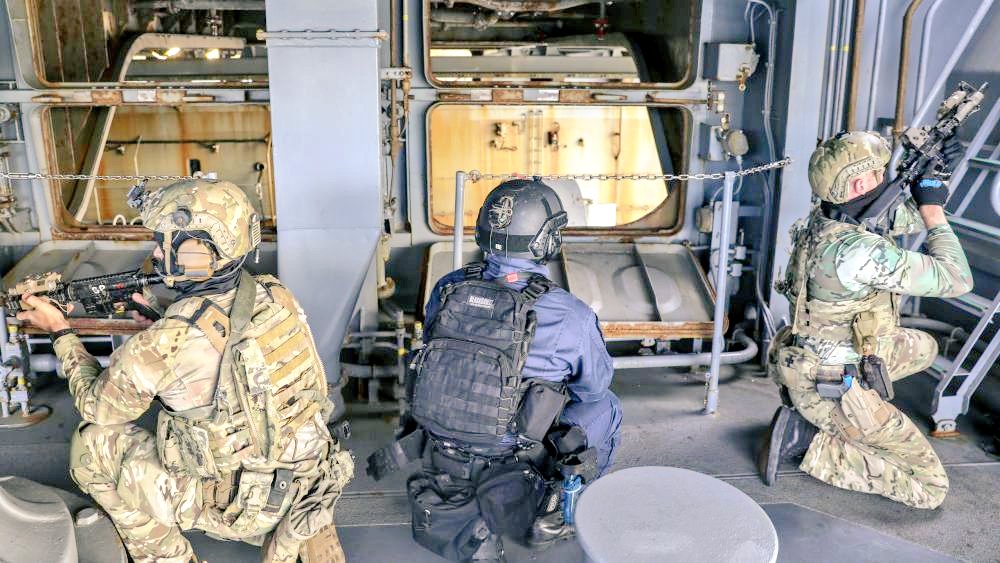

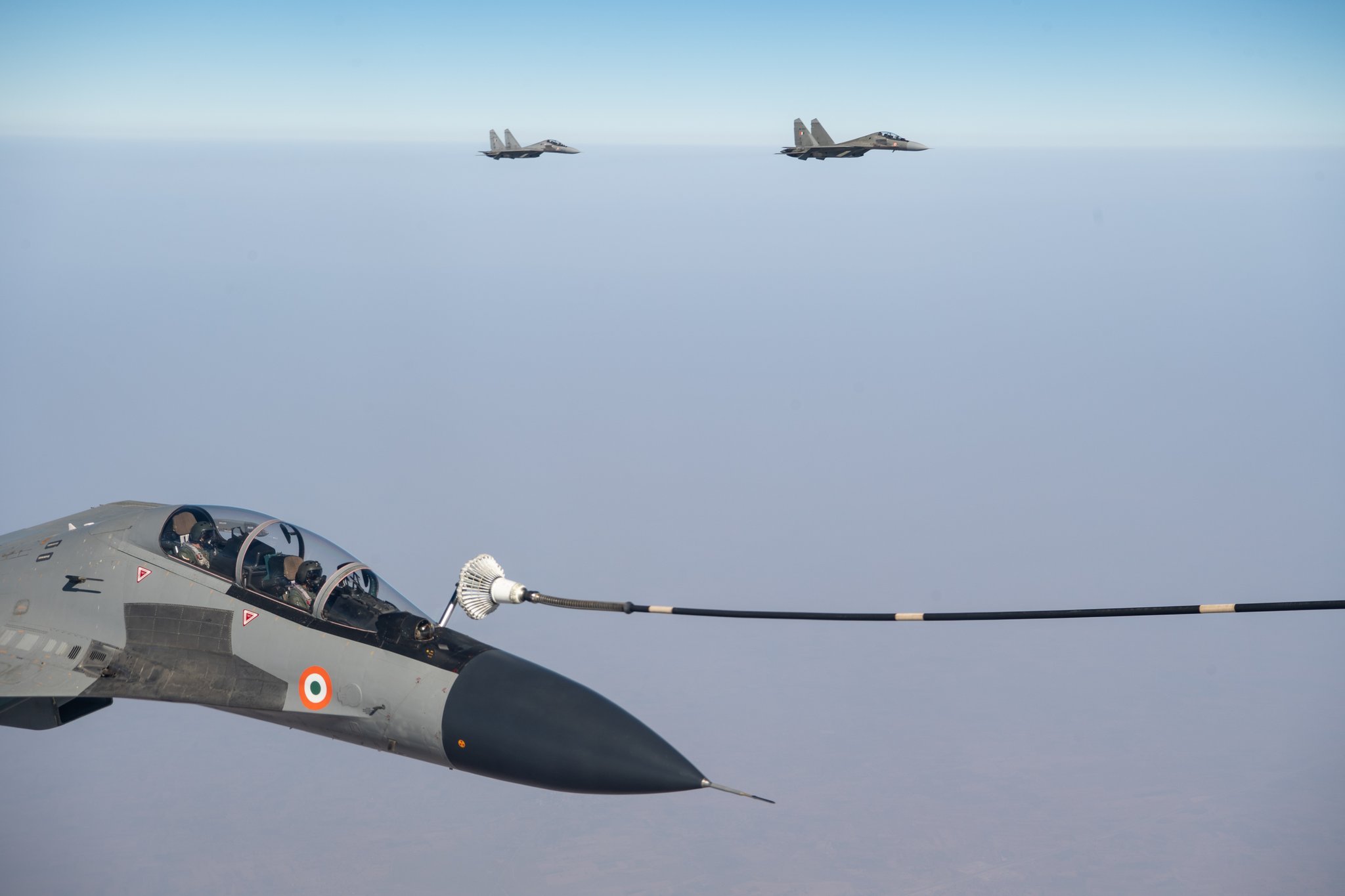
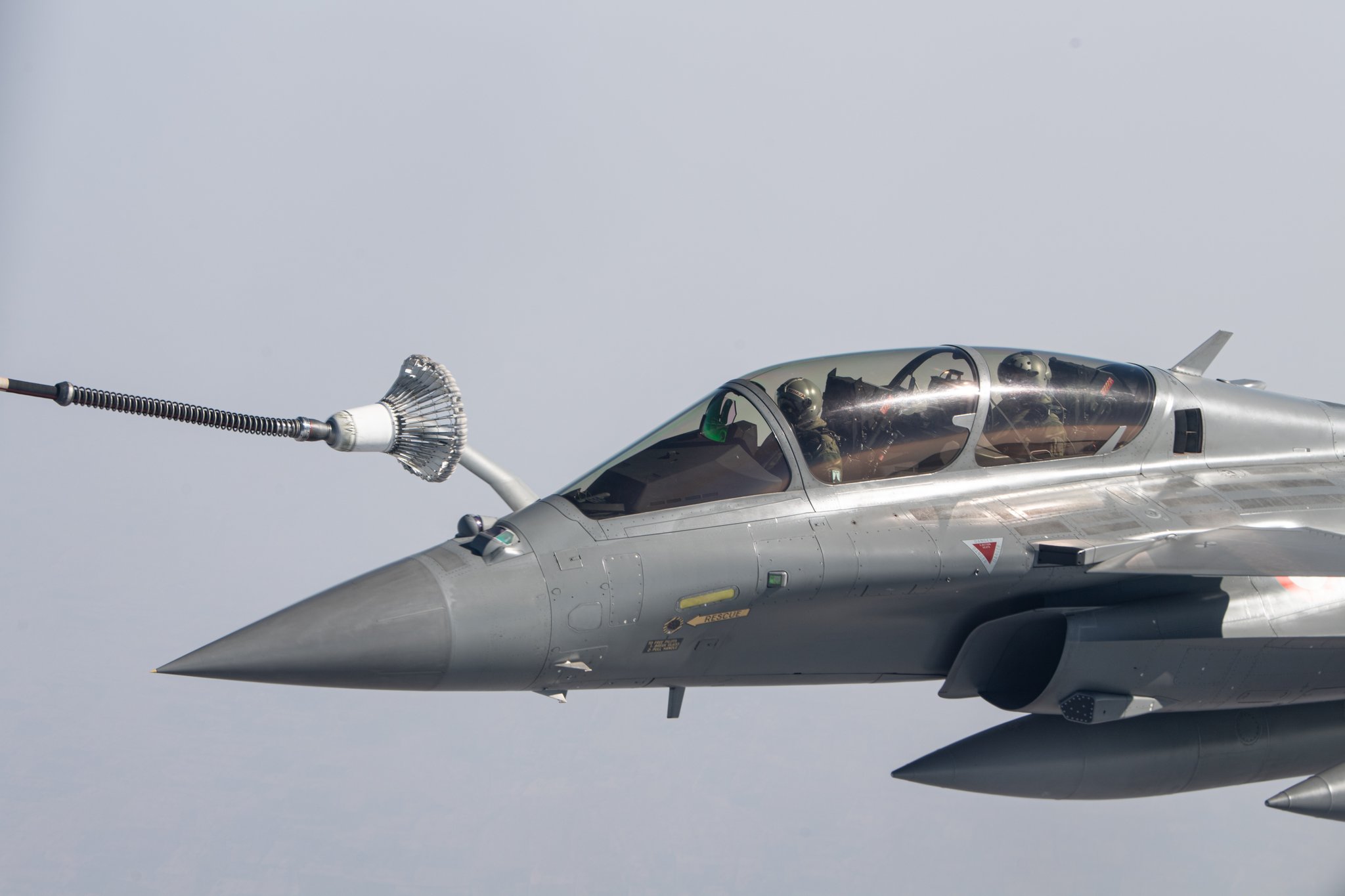
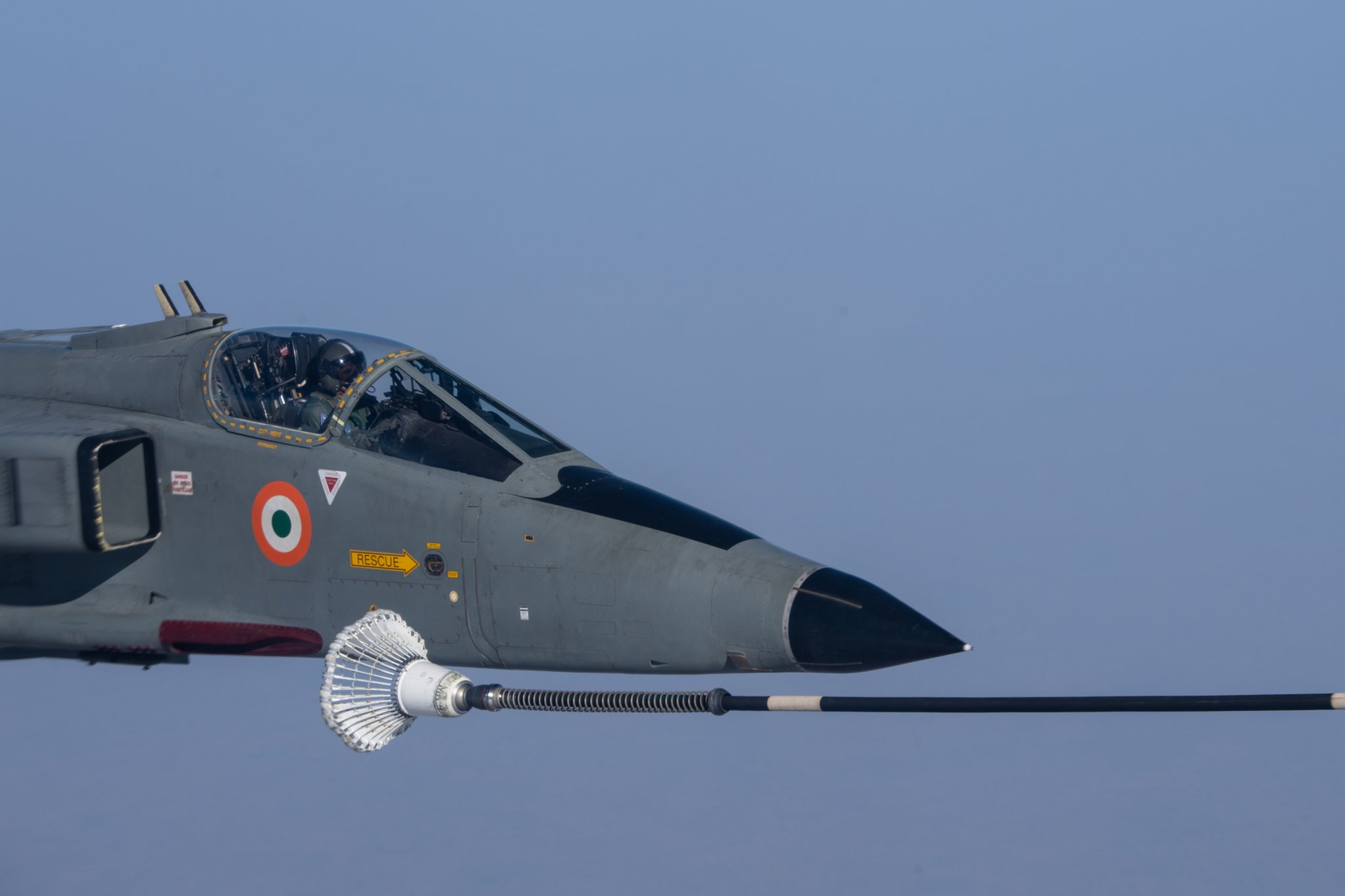
India and Japan will hold their first bilateral air exercise from January 12 to 26, in reflection of the growing defence ties amid increasing concerns over China's military muscle flexing in the Indo-Pacific region. The exercise 'Veer Guardian-2023' involving the Indian Air Force (IAF) and Japan Air Self Defence Force (JASDF) will be held at Japan's Hyakuri air base.
The IAF said on Saturday that its deployment at the exercise will include four Su-30 MKI jets, two C-17 aircraft and one IL-78 plane.
The JASDF will be participating with four F-2 and four F-15 aircraft, it said.
"To promote Air Defence cooperation between the countries, India and Japan are all set to hold the joint air exercise, 'Veer Guardian-2023'," the IAF said in a statement.
India and Japan agreed to step up bilateral defence cooperation and engage in more military exercises, including holding of the first joint fighter jet drills, during the second '2+2 Foreign and Defence Ministerial' dialogue in Tokyo in September.
The IAF said the upcoming exercise will be another step in deepening strategic ties and closer defence cooperation between the two countries.
"The inaugural exercise will include the conduct of various aerial combat drills between the two air forces. They will undertake multi-domain air combat missions in a complex environment and will exchange best practices," the IAF said.
It said experts from both sides will also hold discussions to share their expertise on varied operational aspects.
"Exercise 'Veer Guardian' will fortify the long standing bond of friendship and enhance the avenues of defence cooperation between the two air forces," it said.
For the first time, an Indian Air Force woman fighter pilot would be part of the Indian contingent for the aerial wargames to be held with outside the country.
The women officers have been participating in wargames with the foreign contingents coming to India including the French Air Force where two of the lady fighter pilots took part but this would be the first time they would be representing the country on foreign land.
India's one of the first three lady fighter pilots Squadron Squadron Leader Avni Chaturvedi will be leaving for Japan shortly for participating in the exercise. Squadron Leader Chaturvedi is a Su-30MKI pilot.
